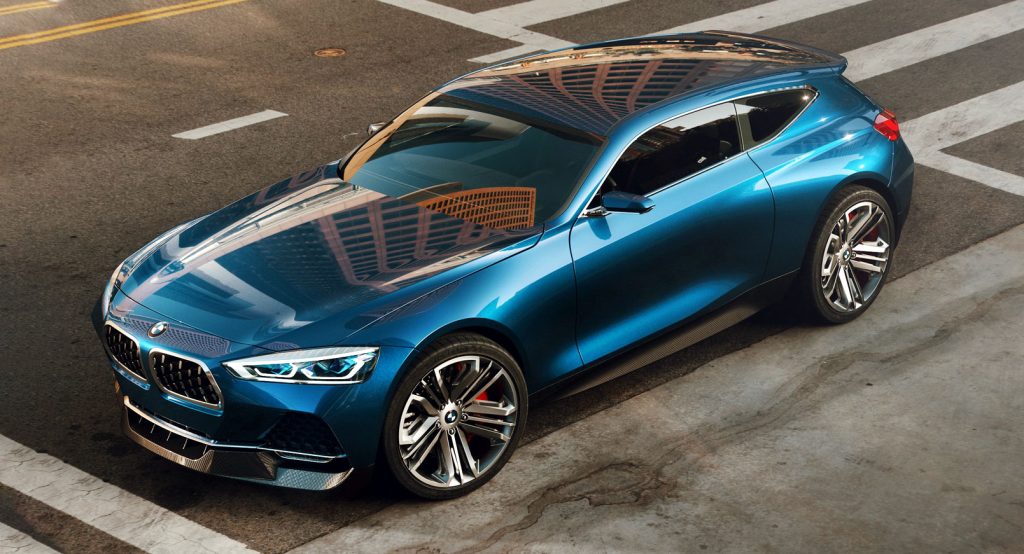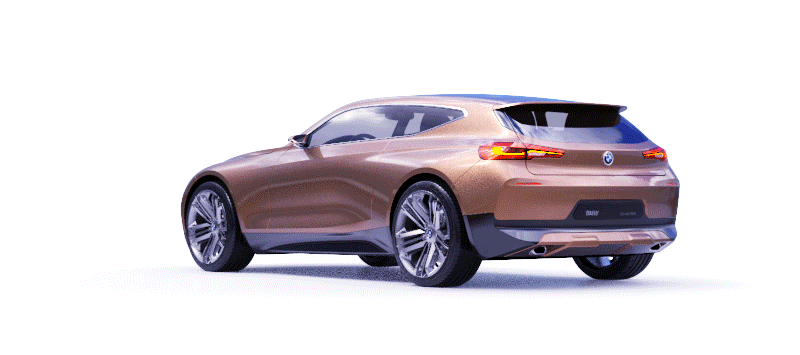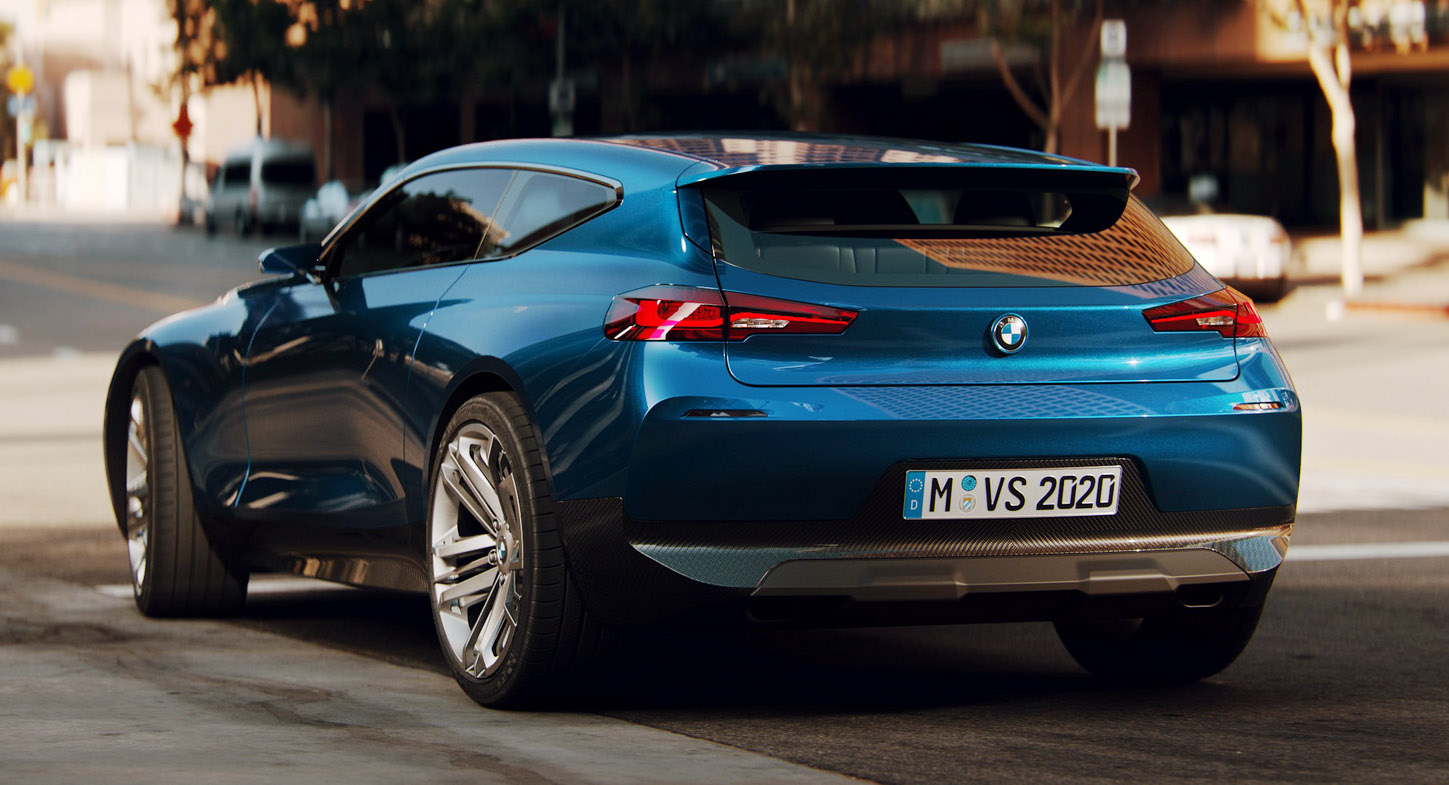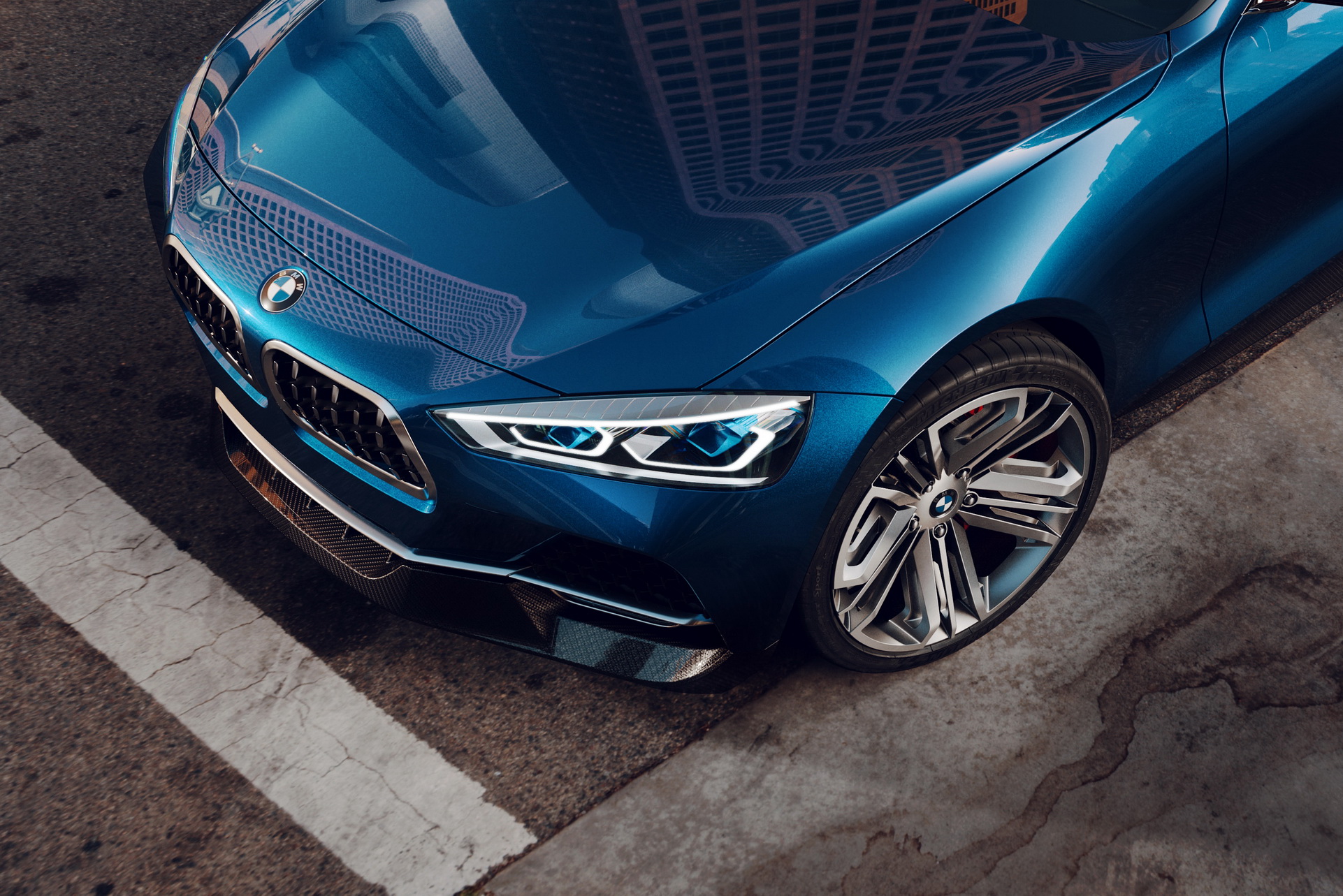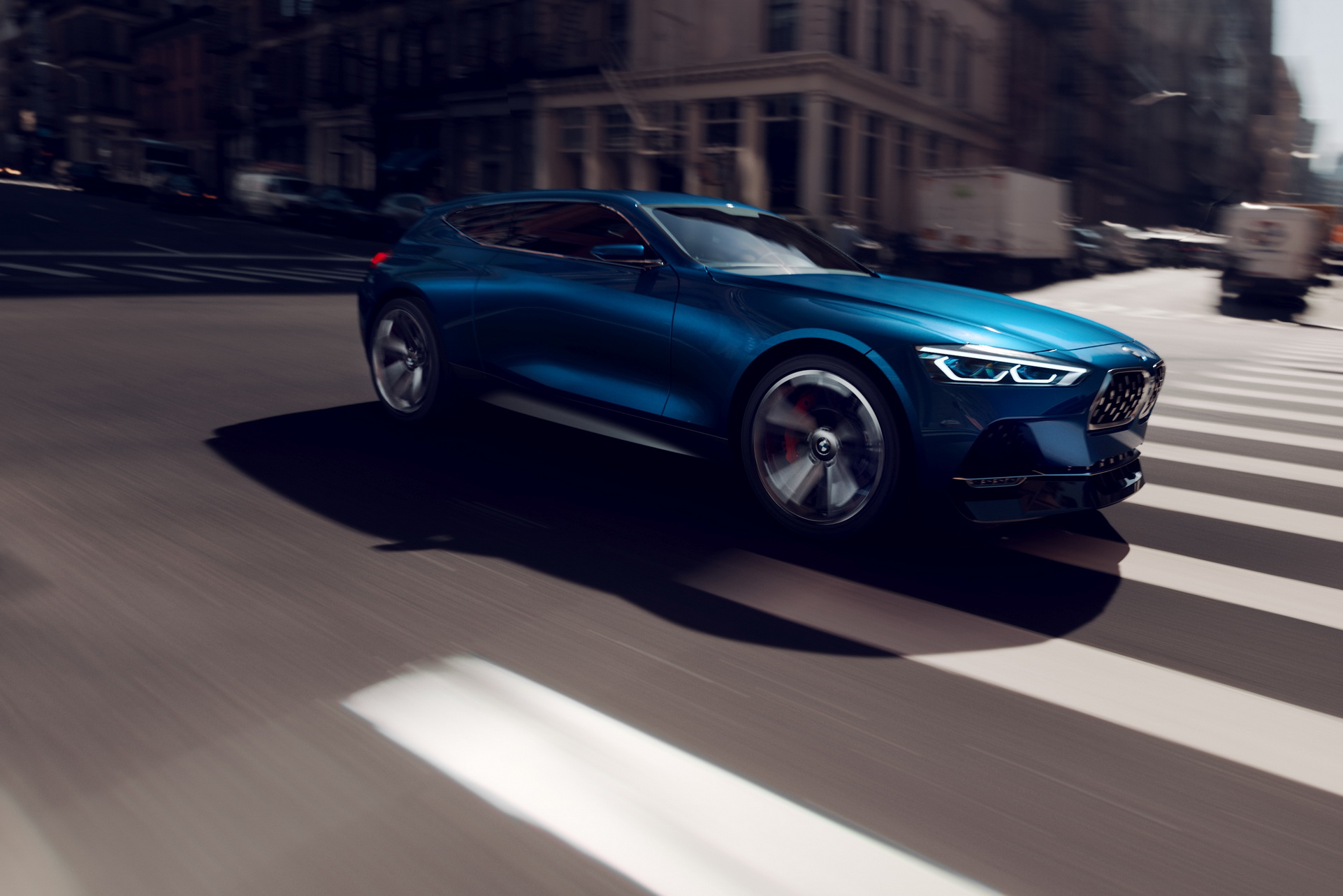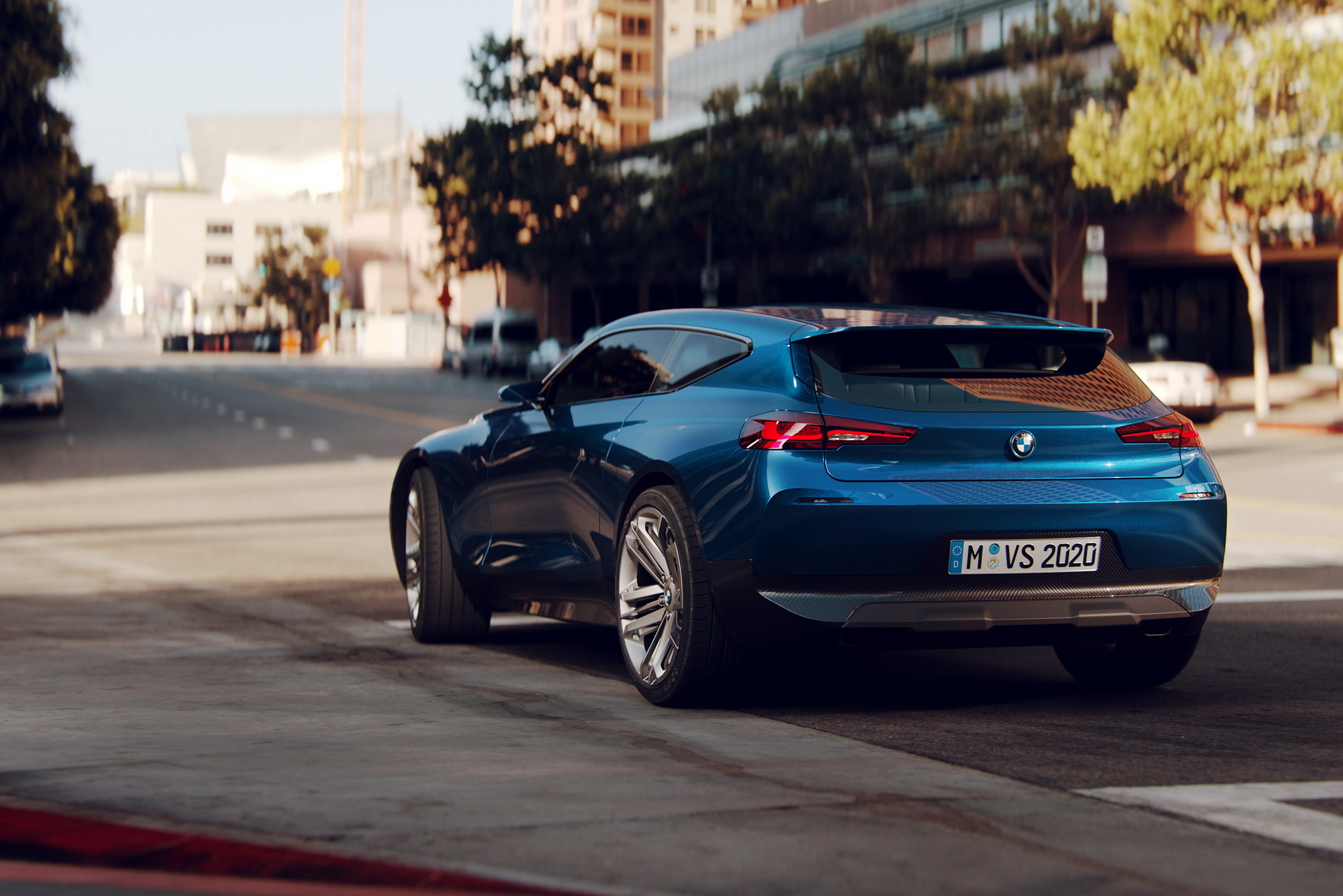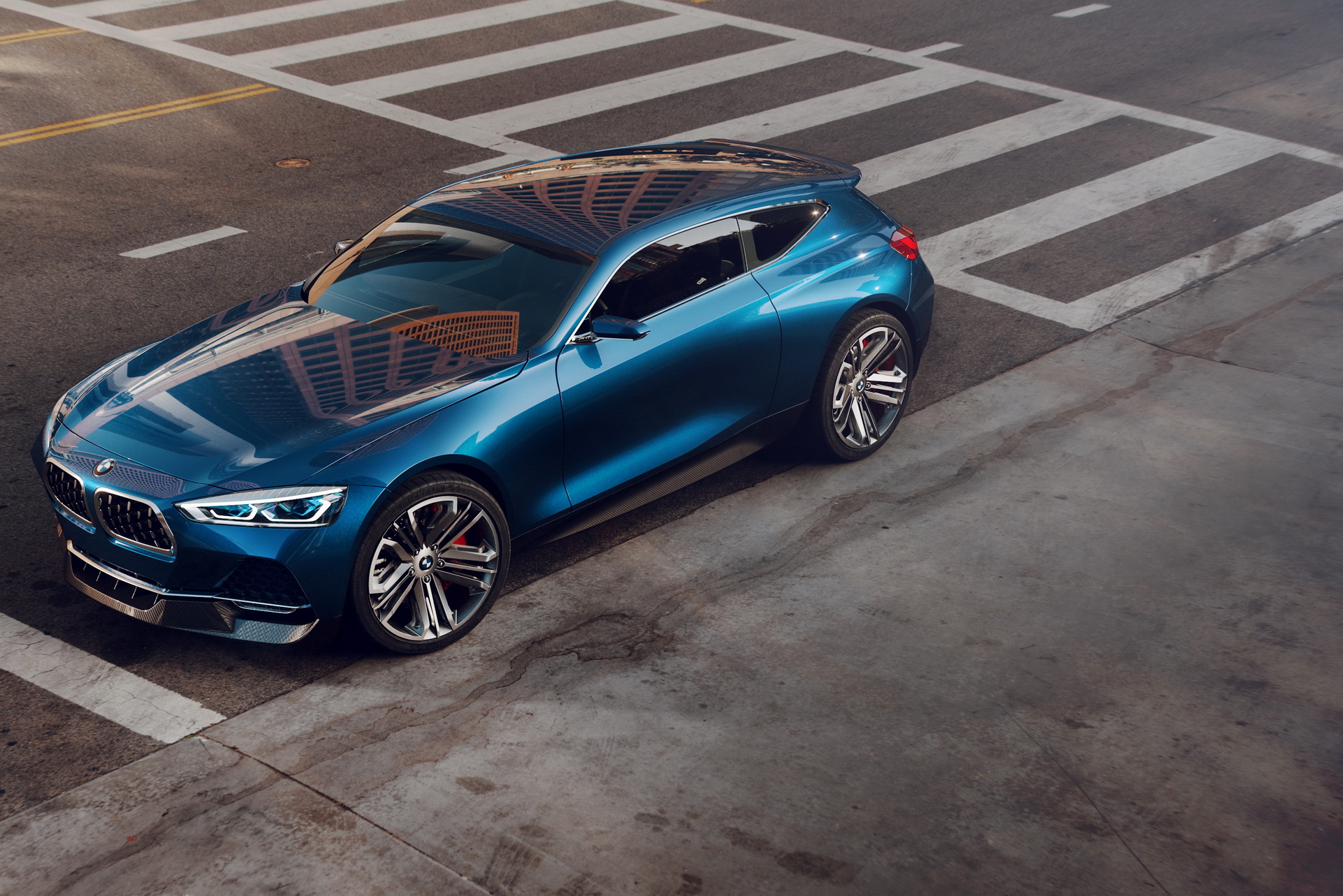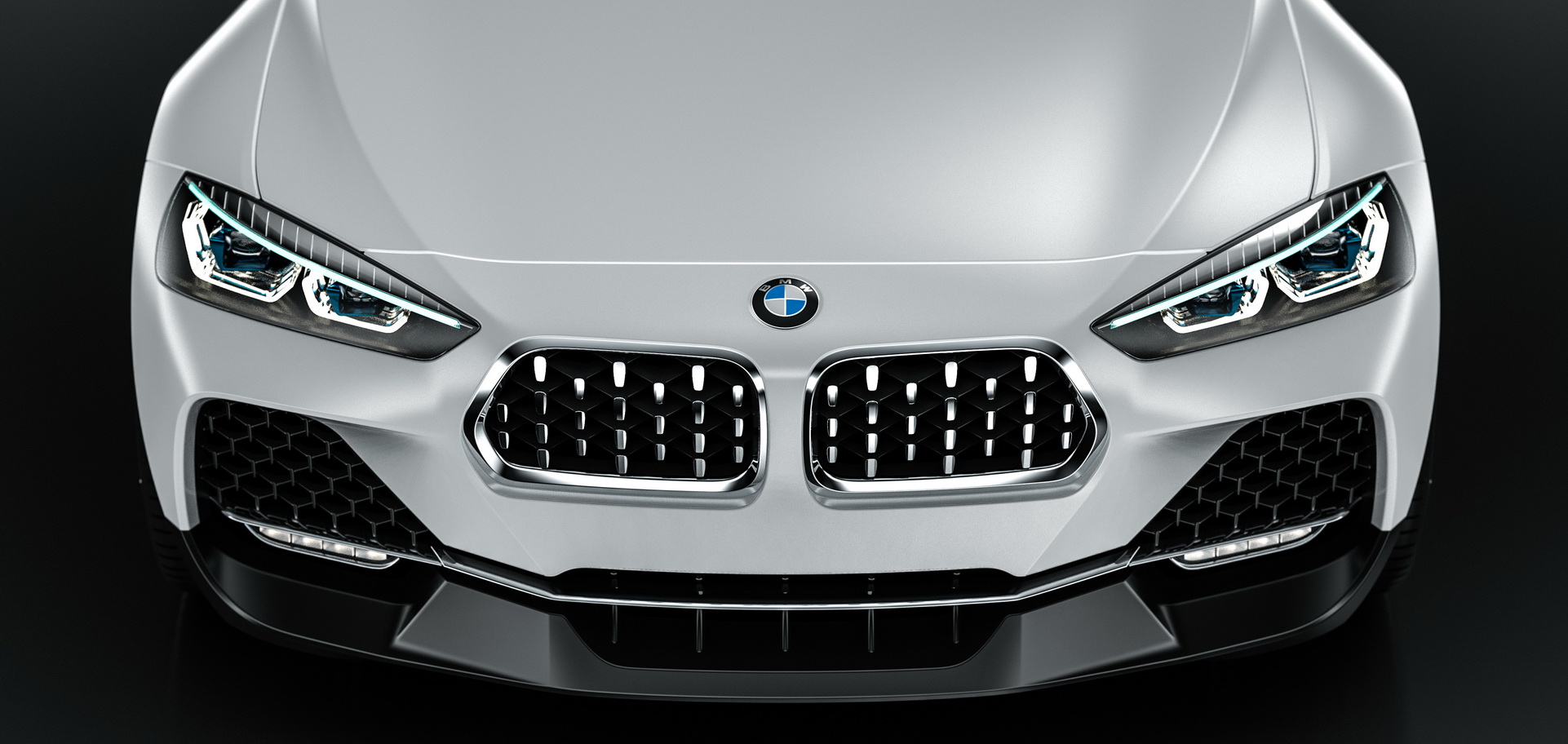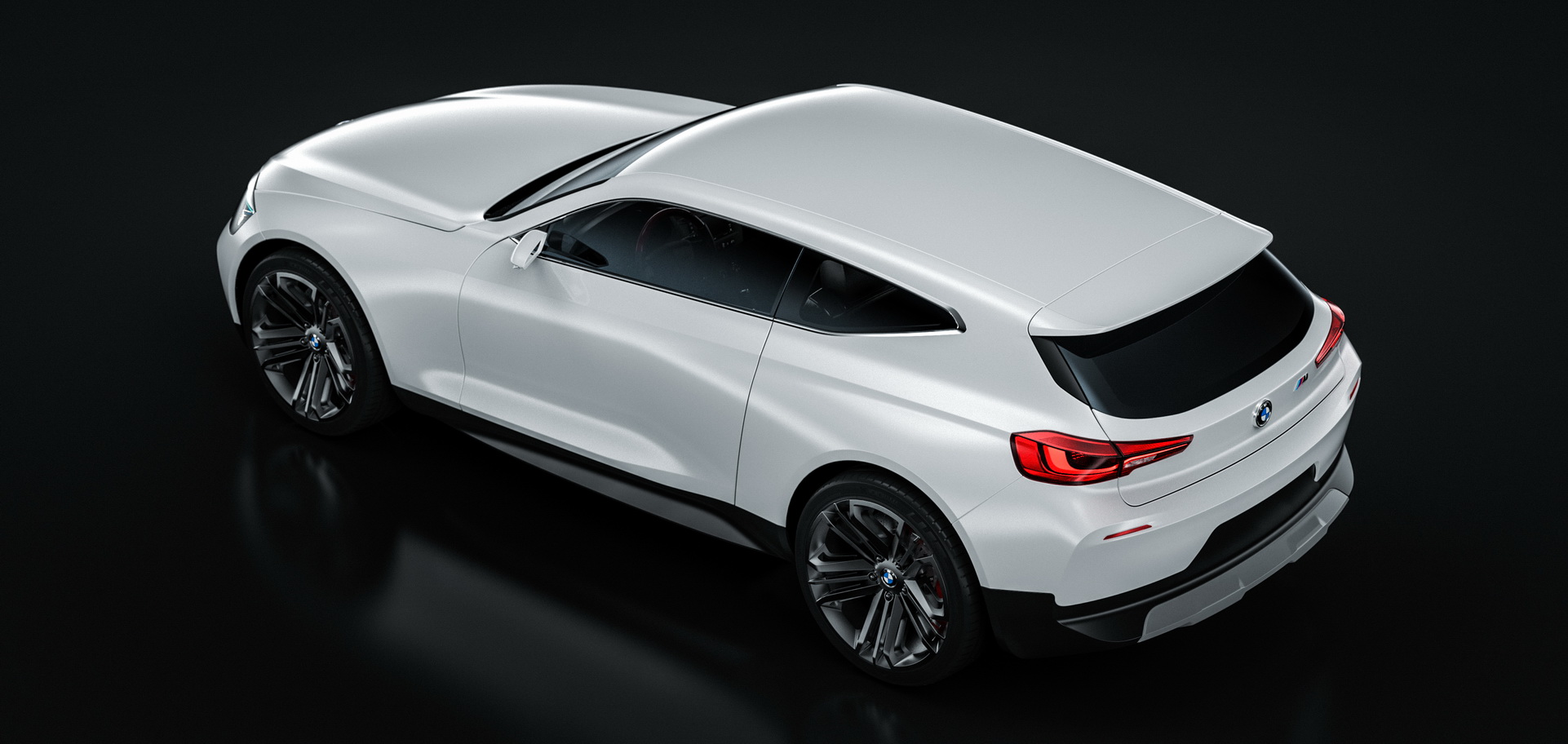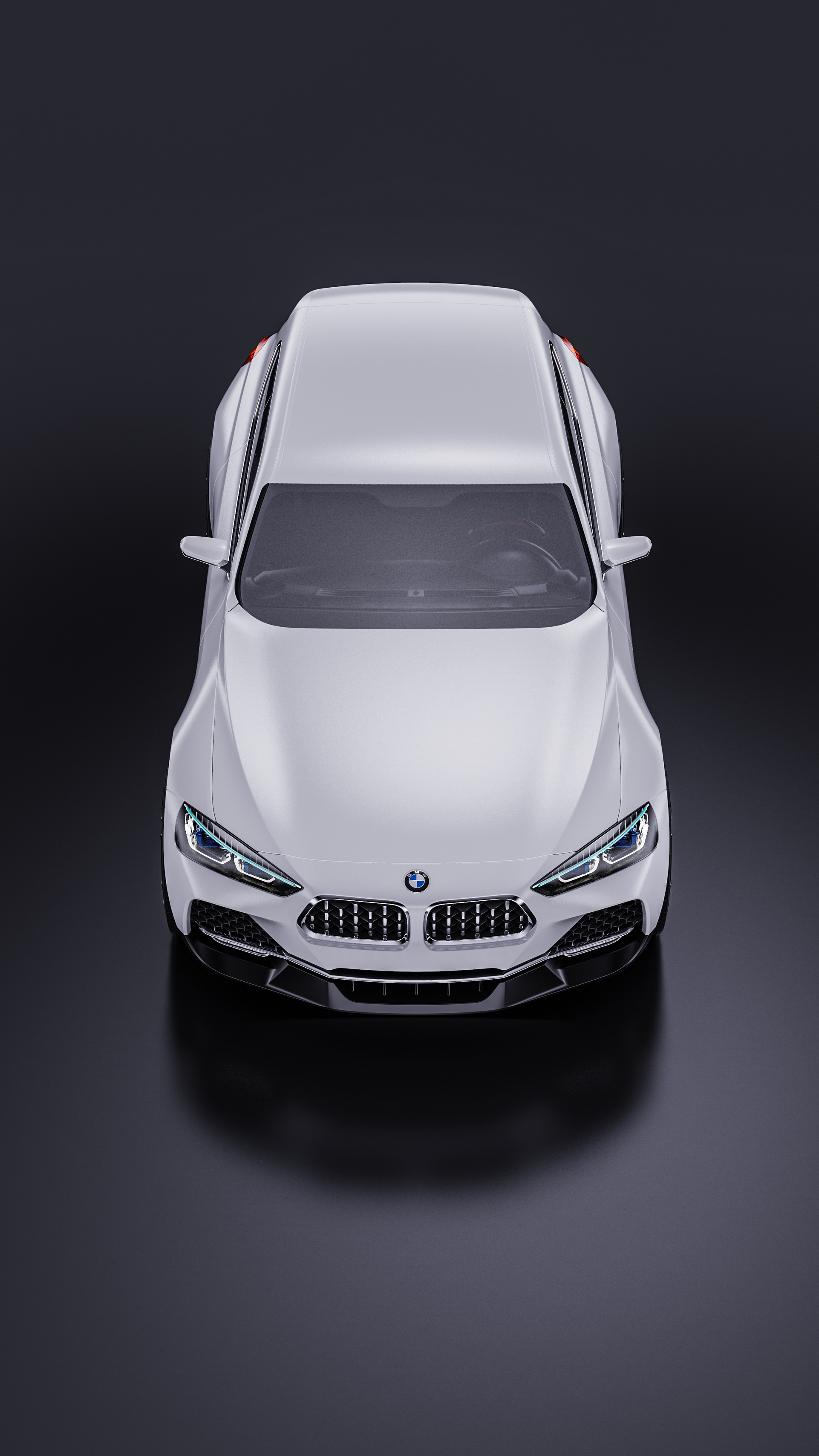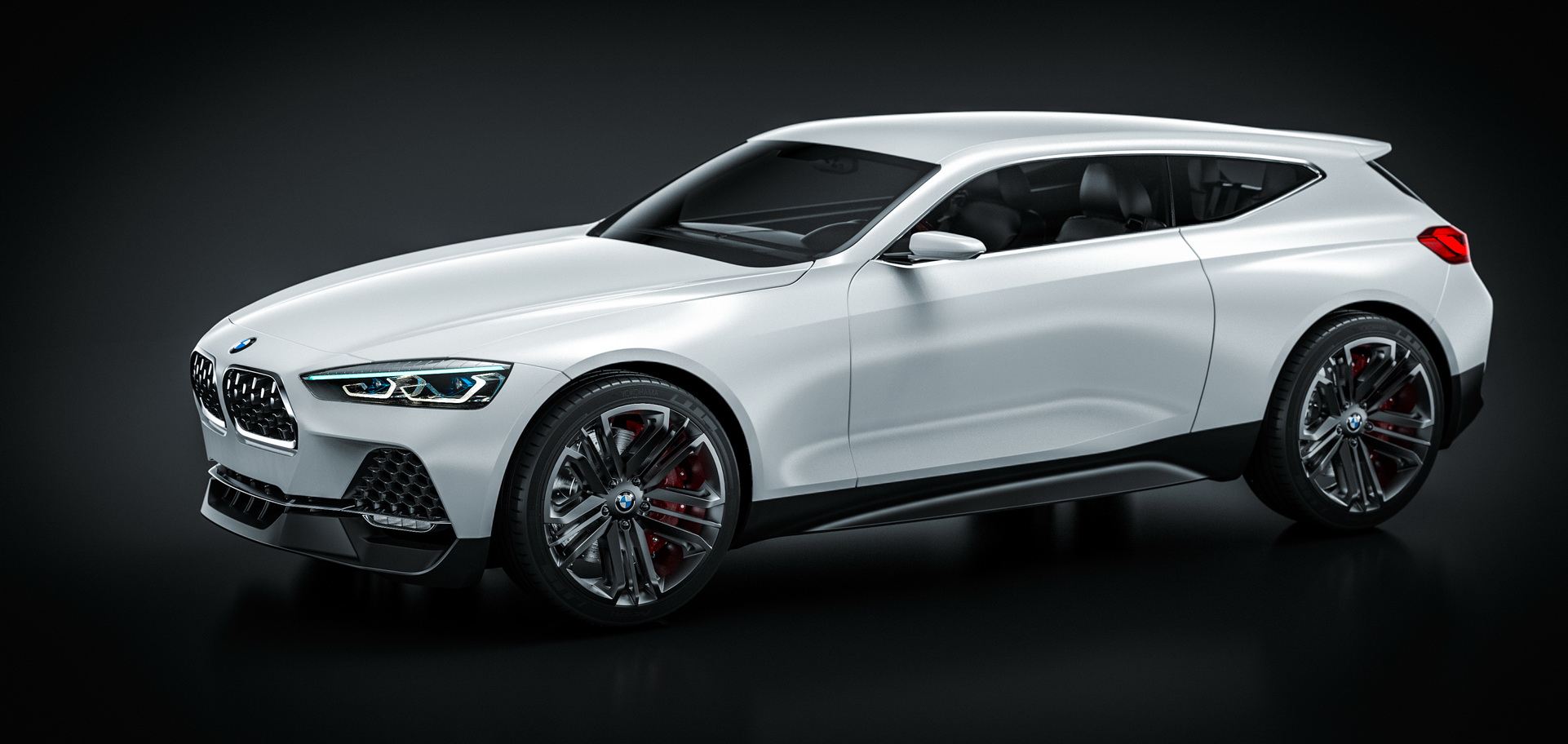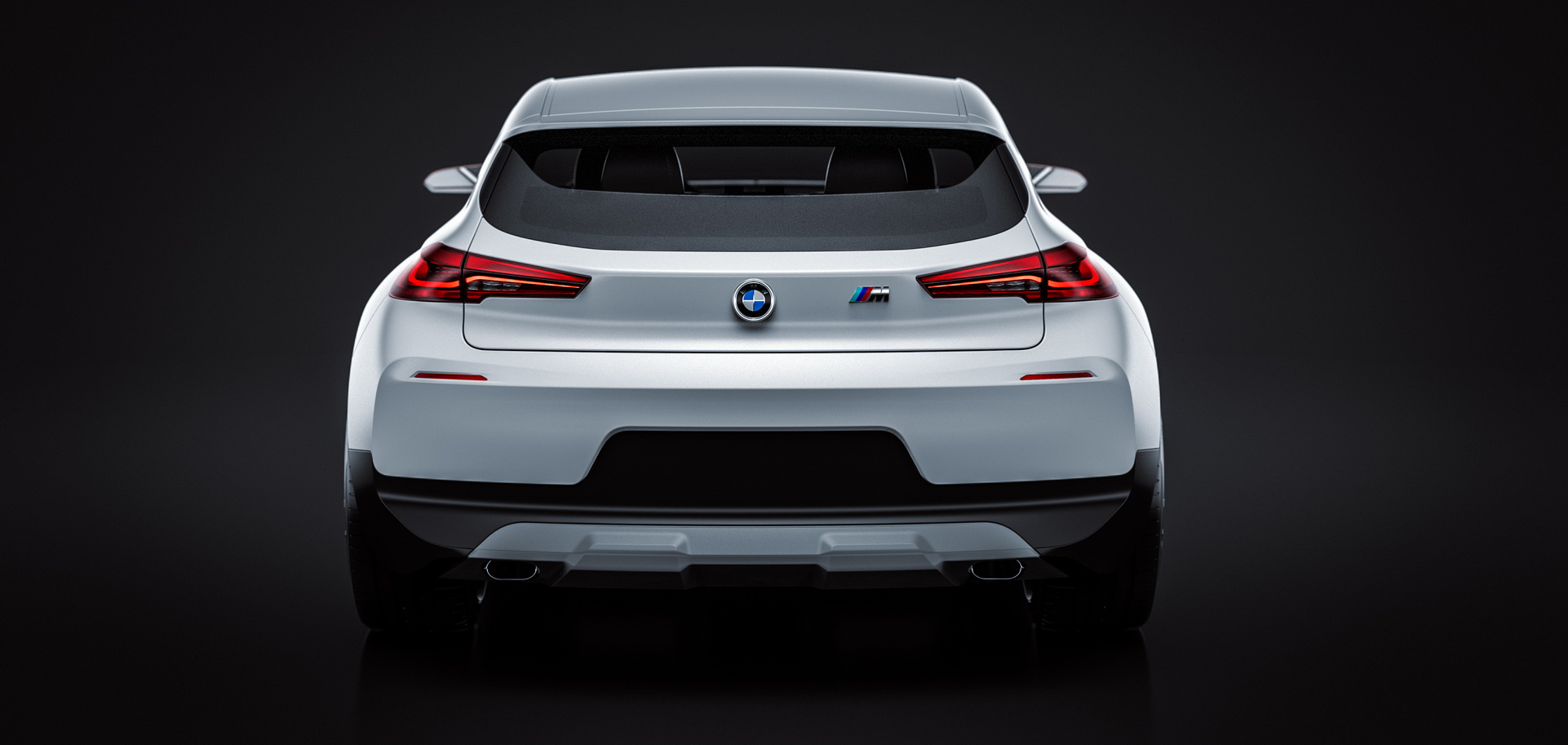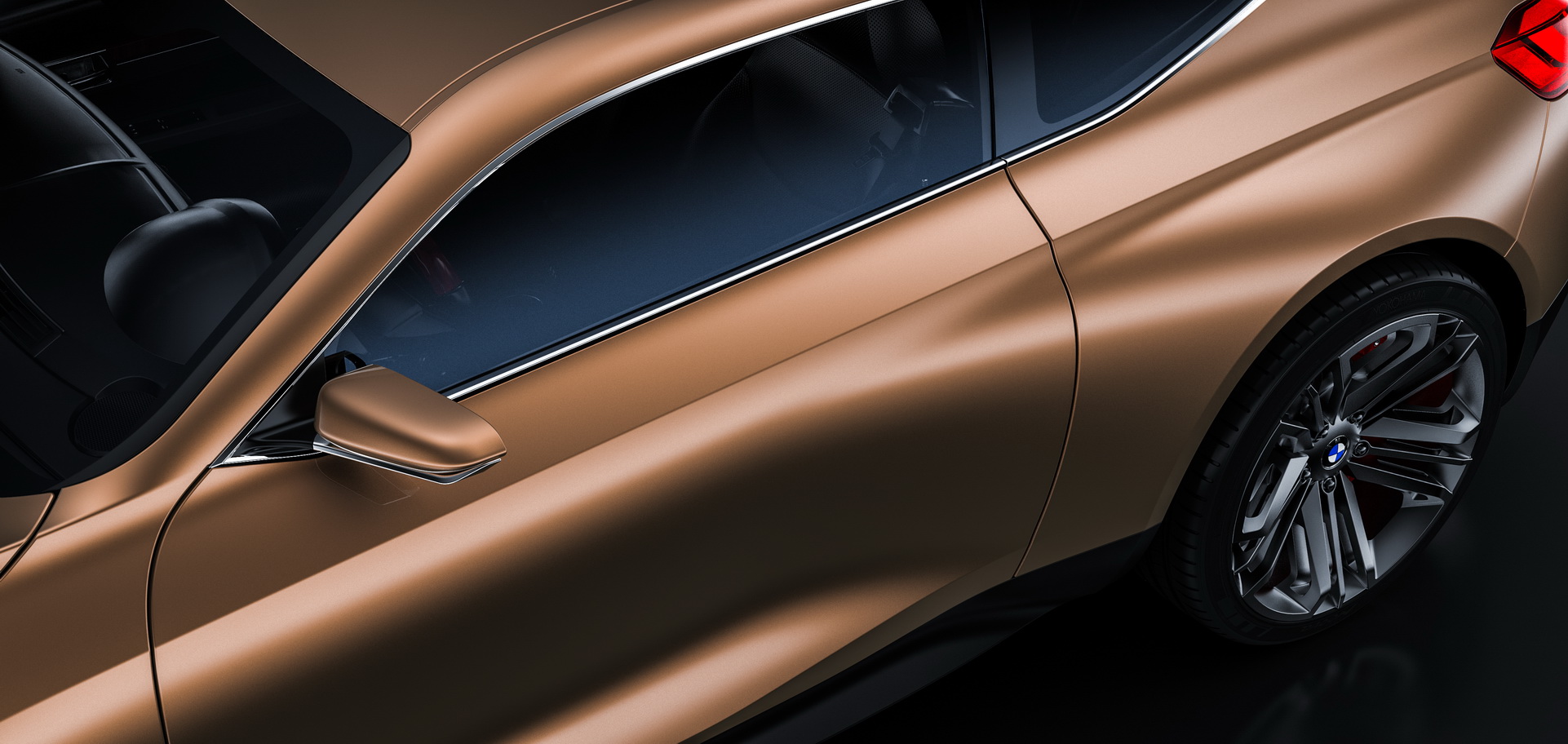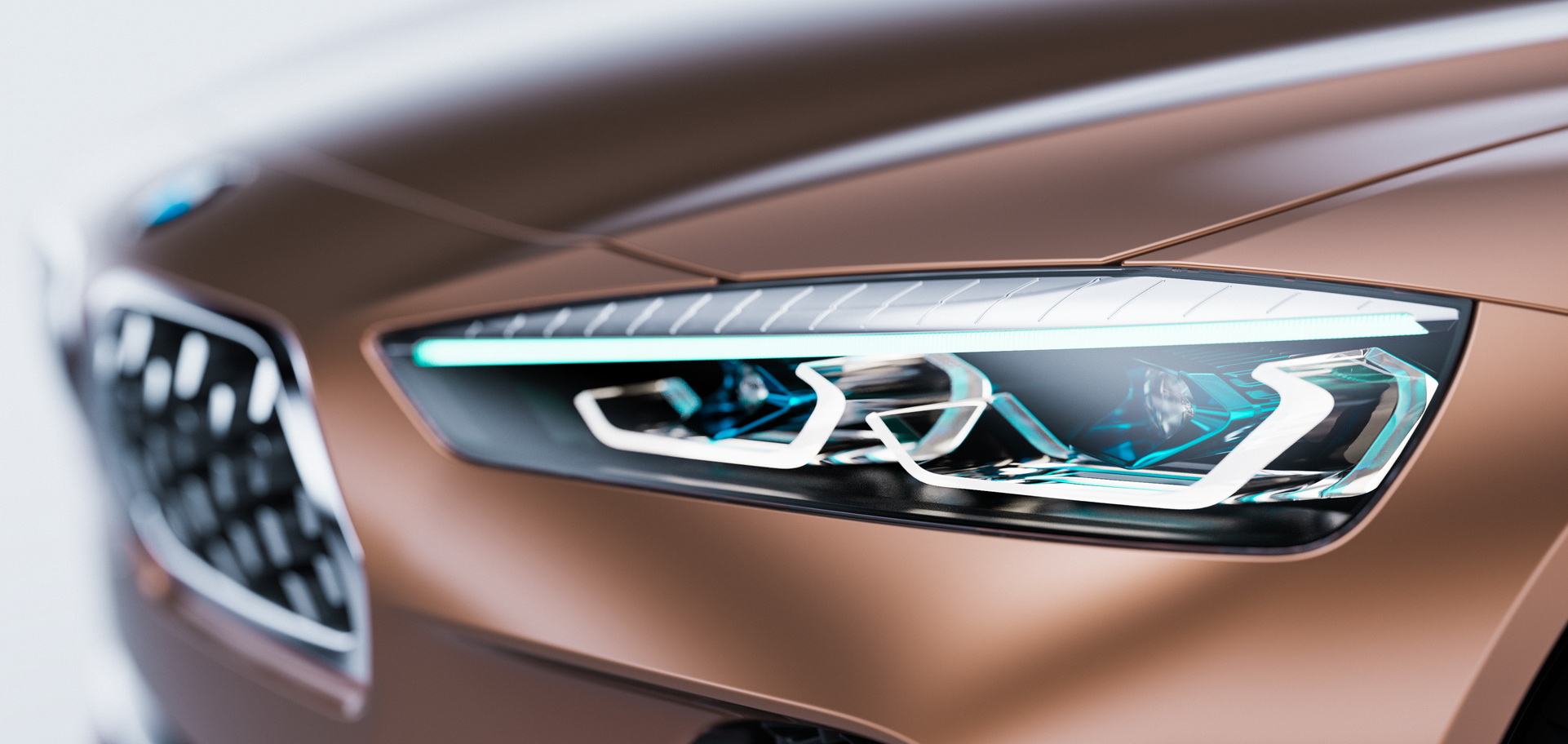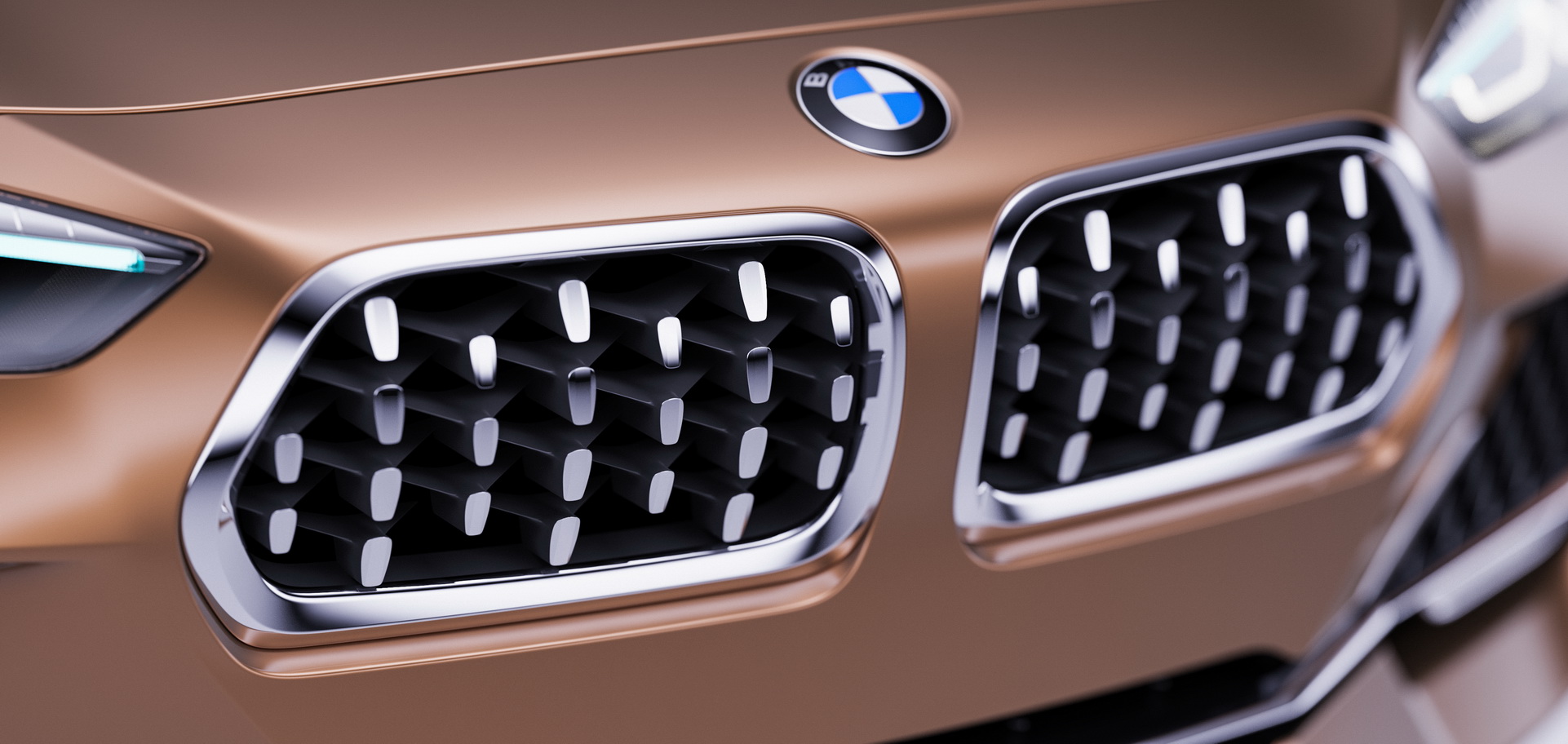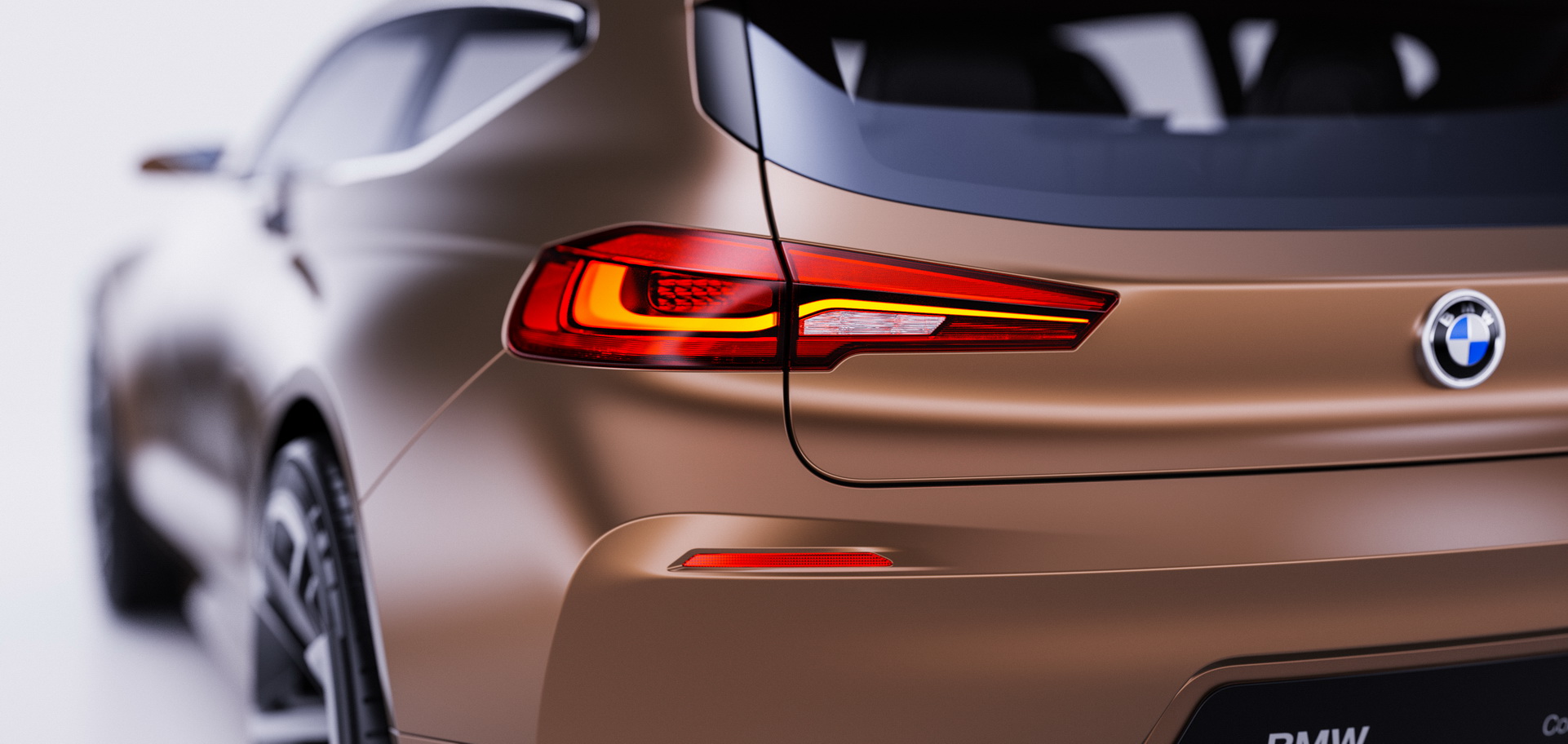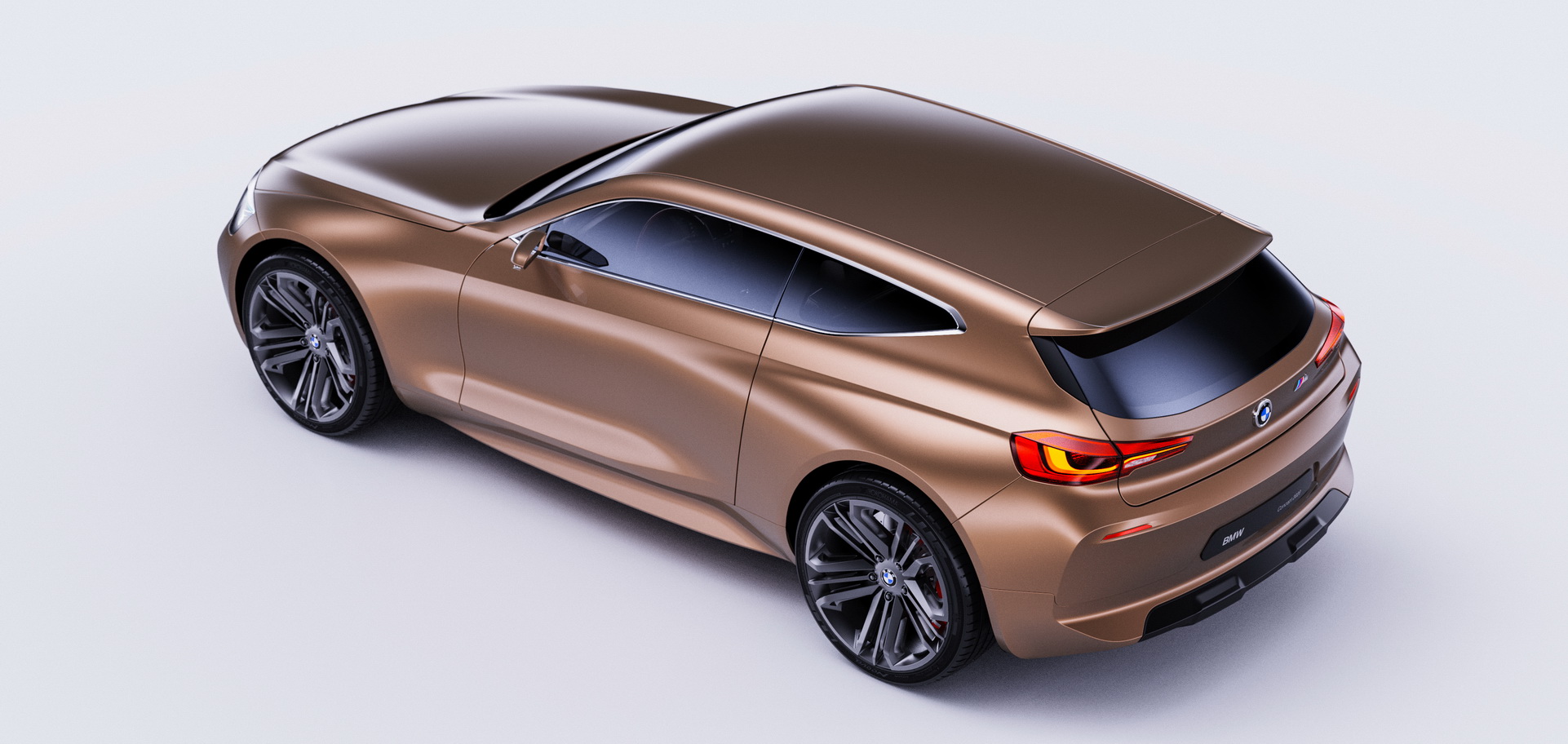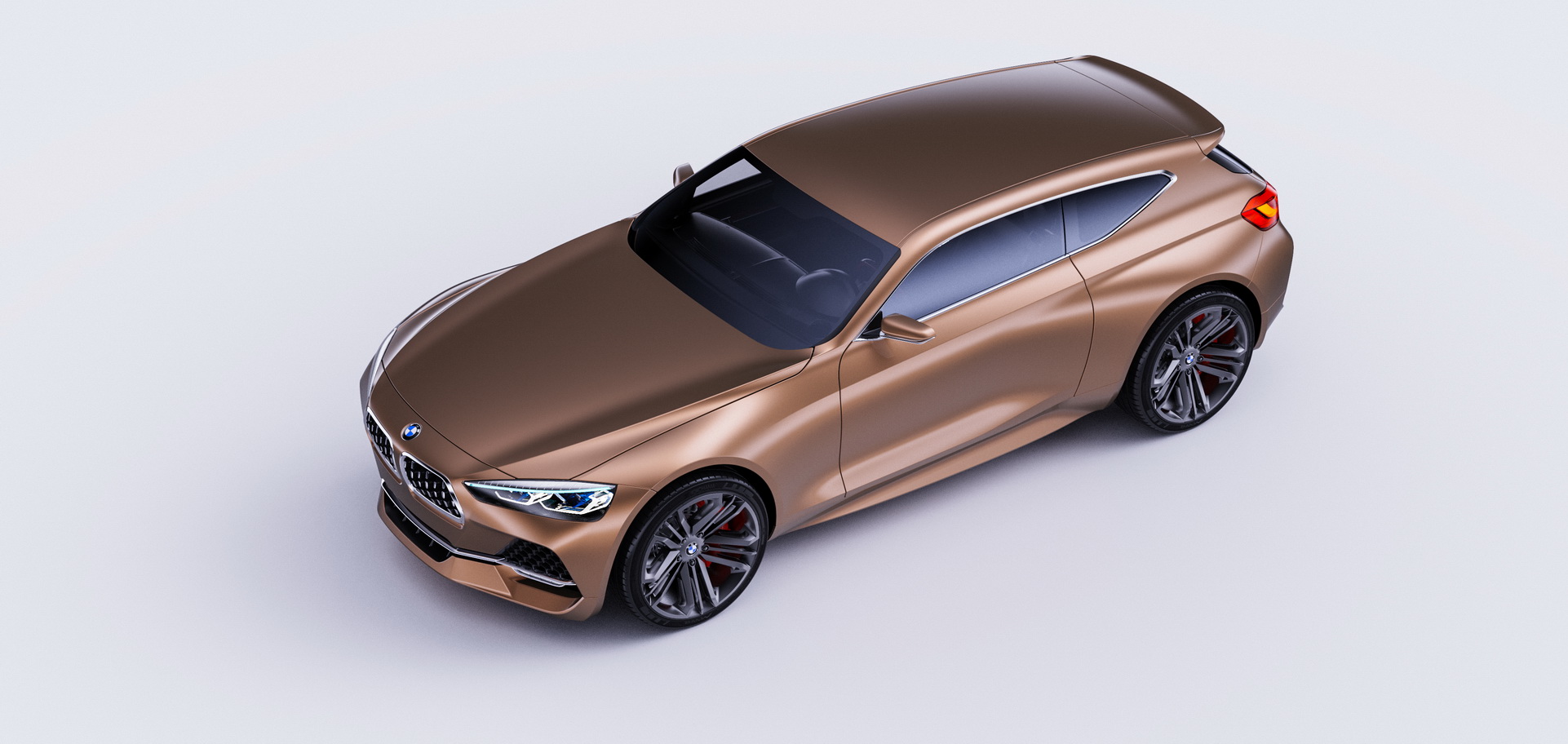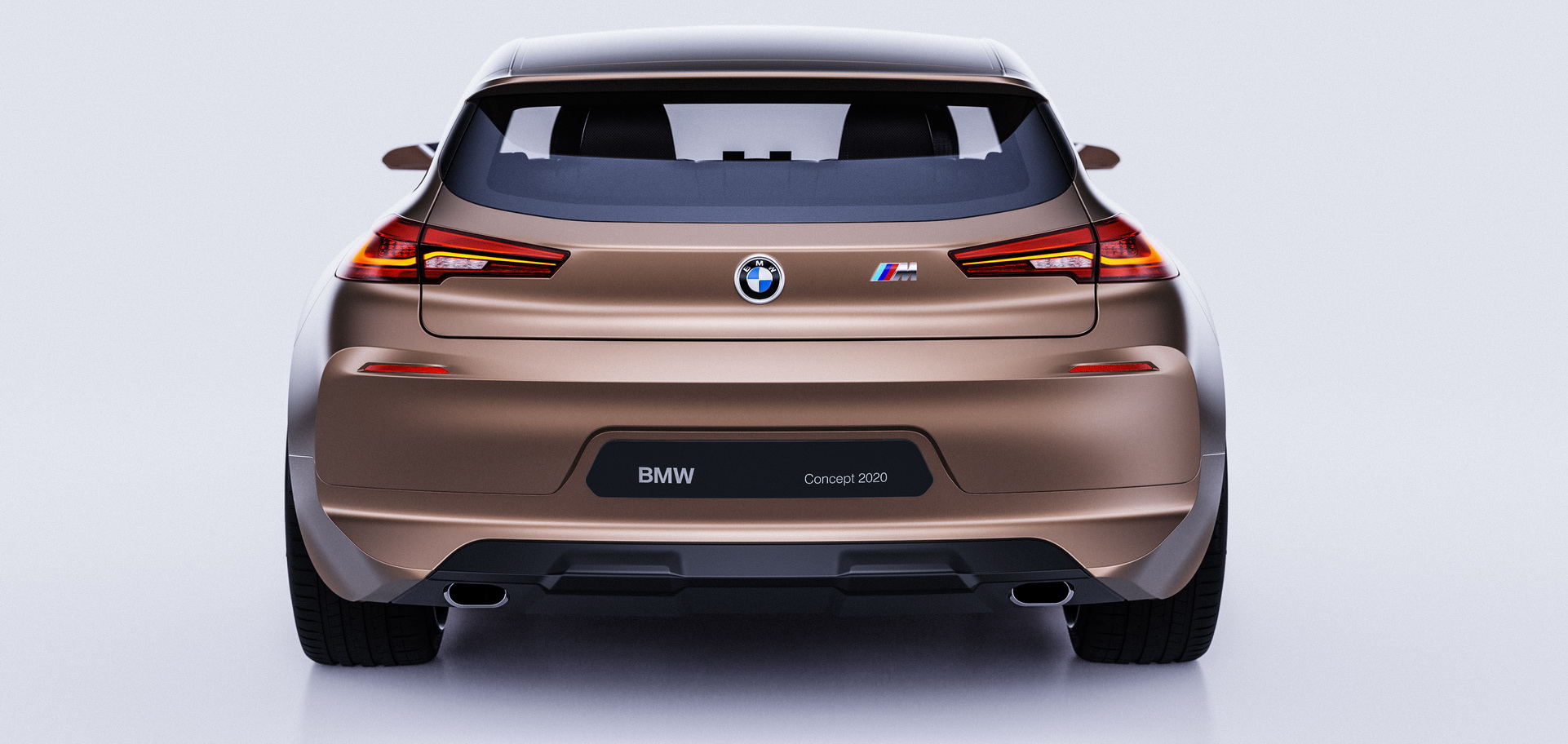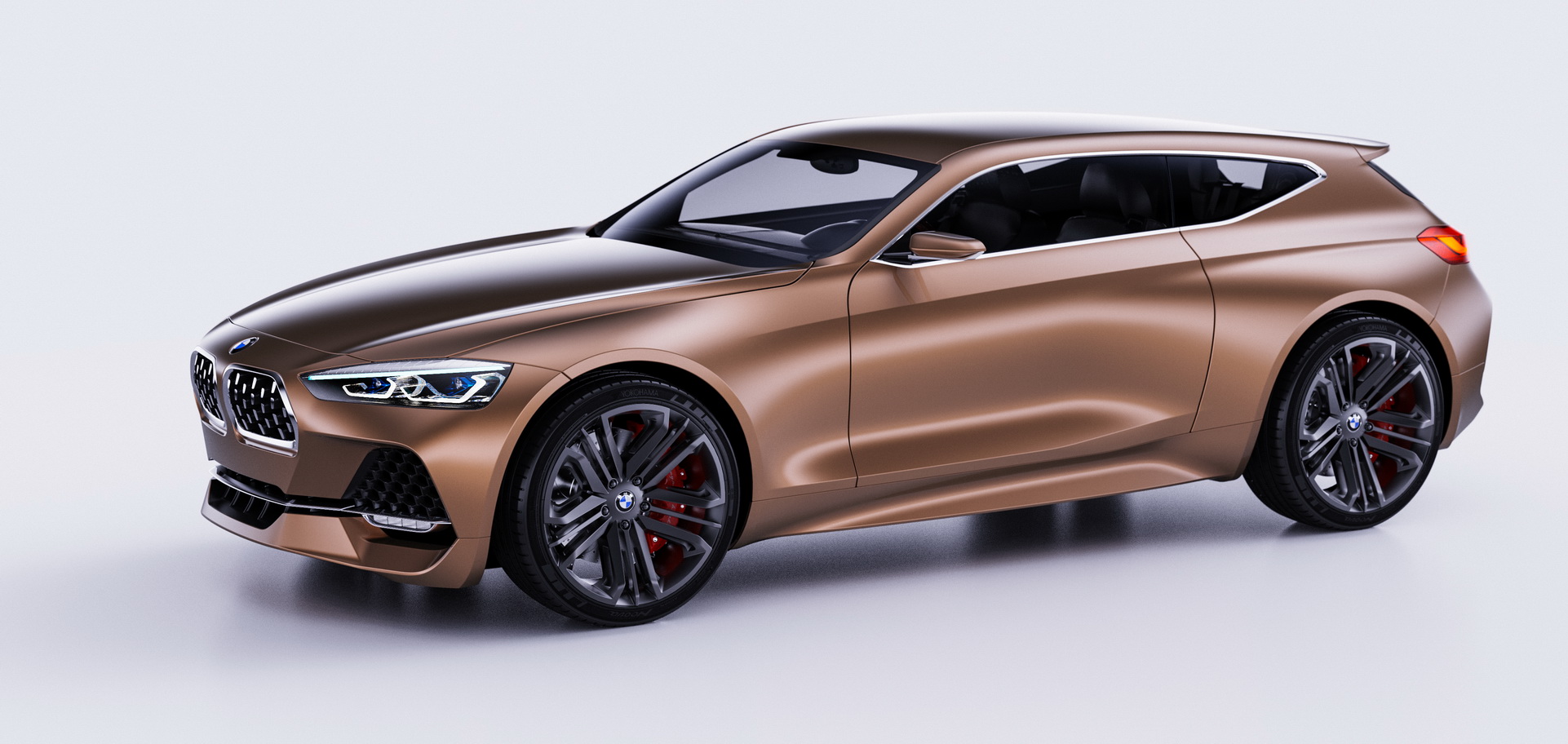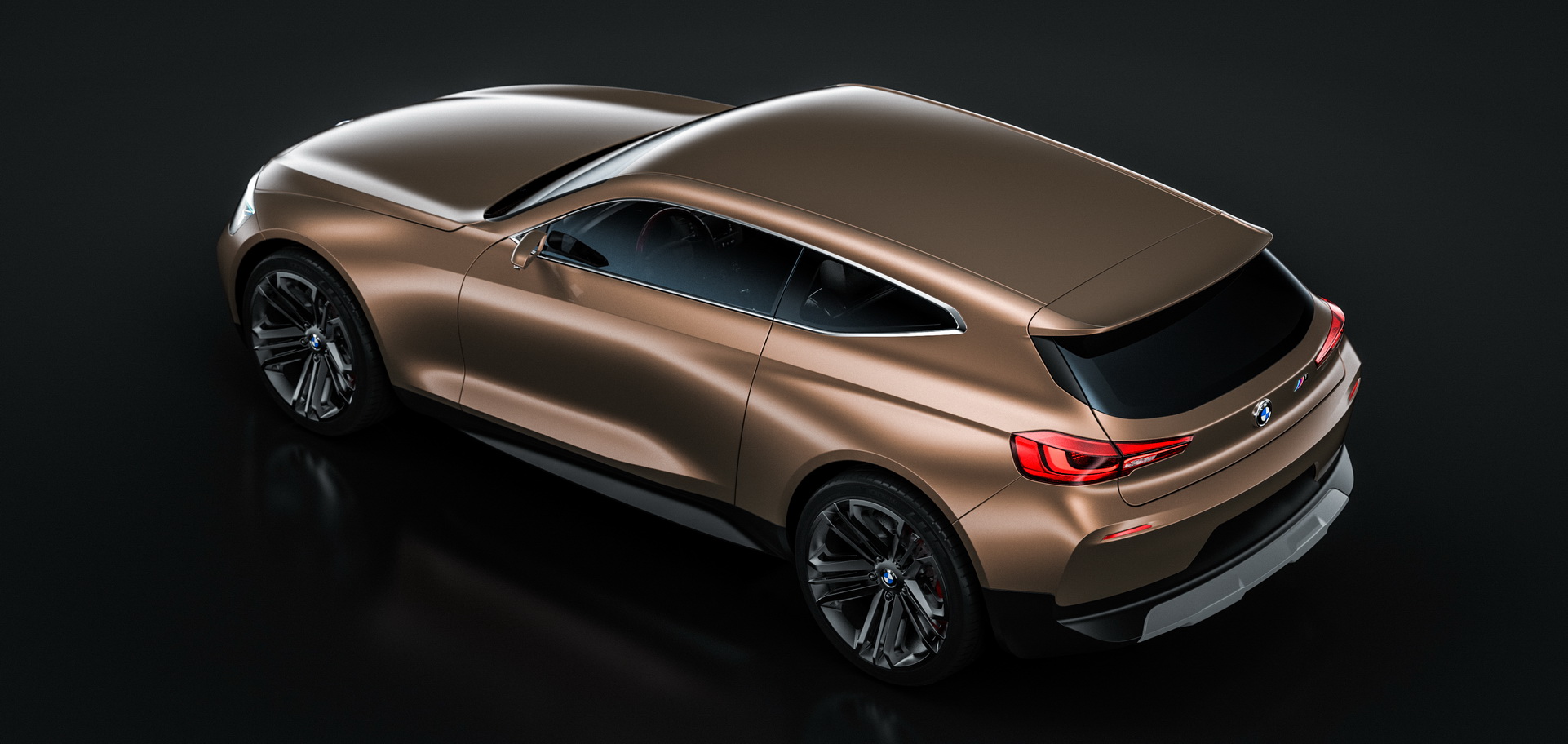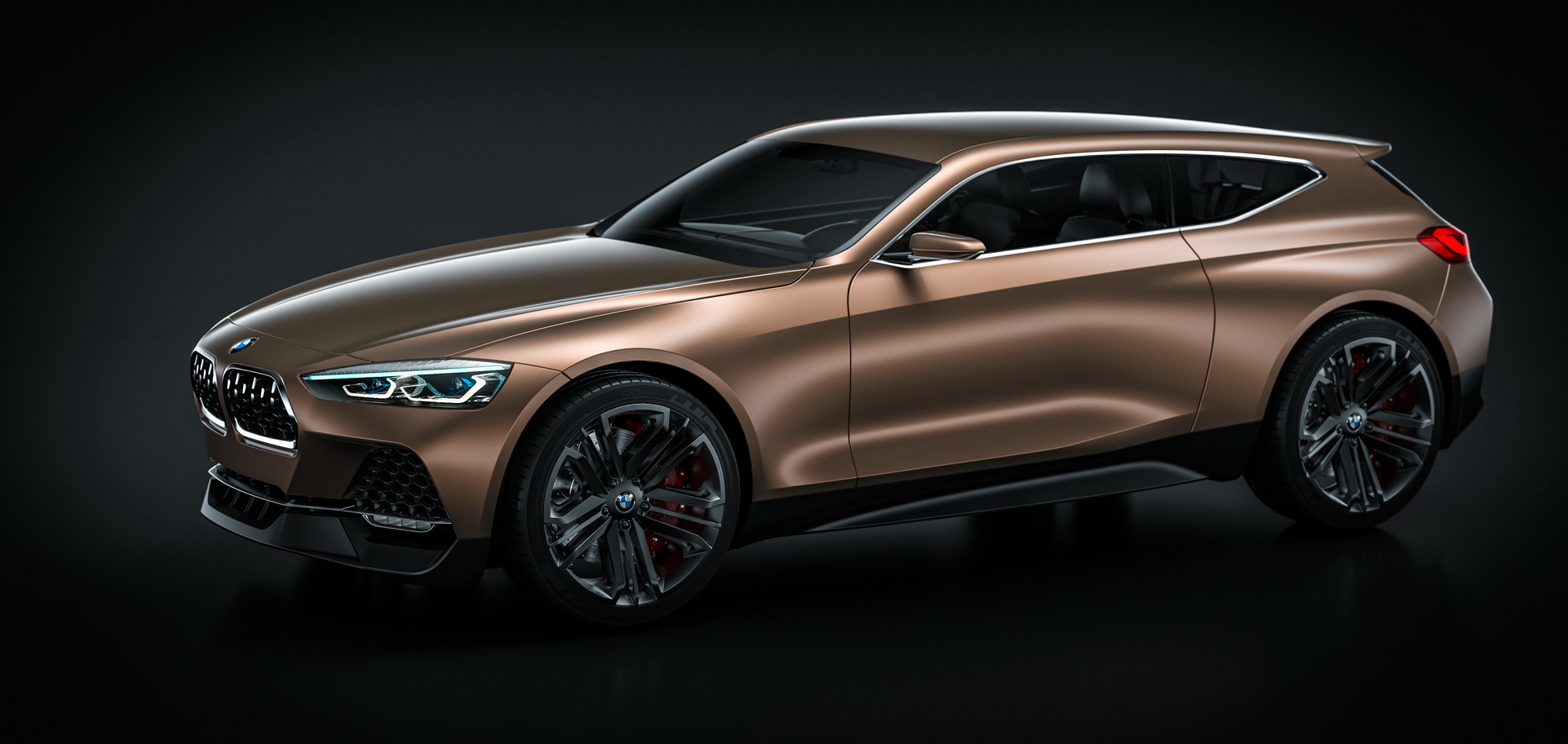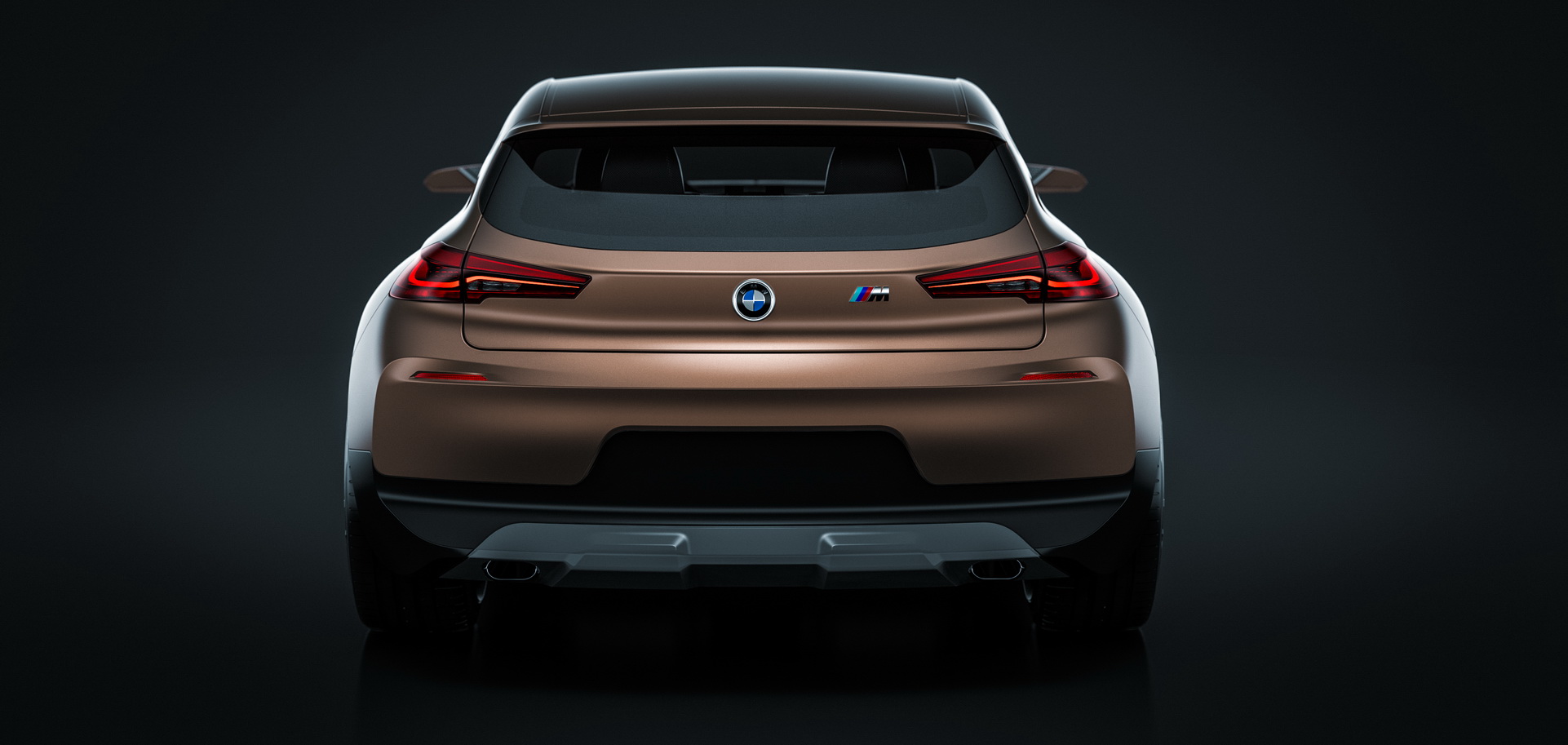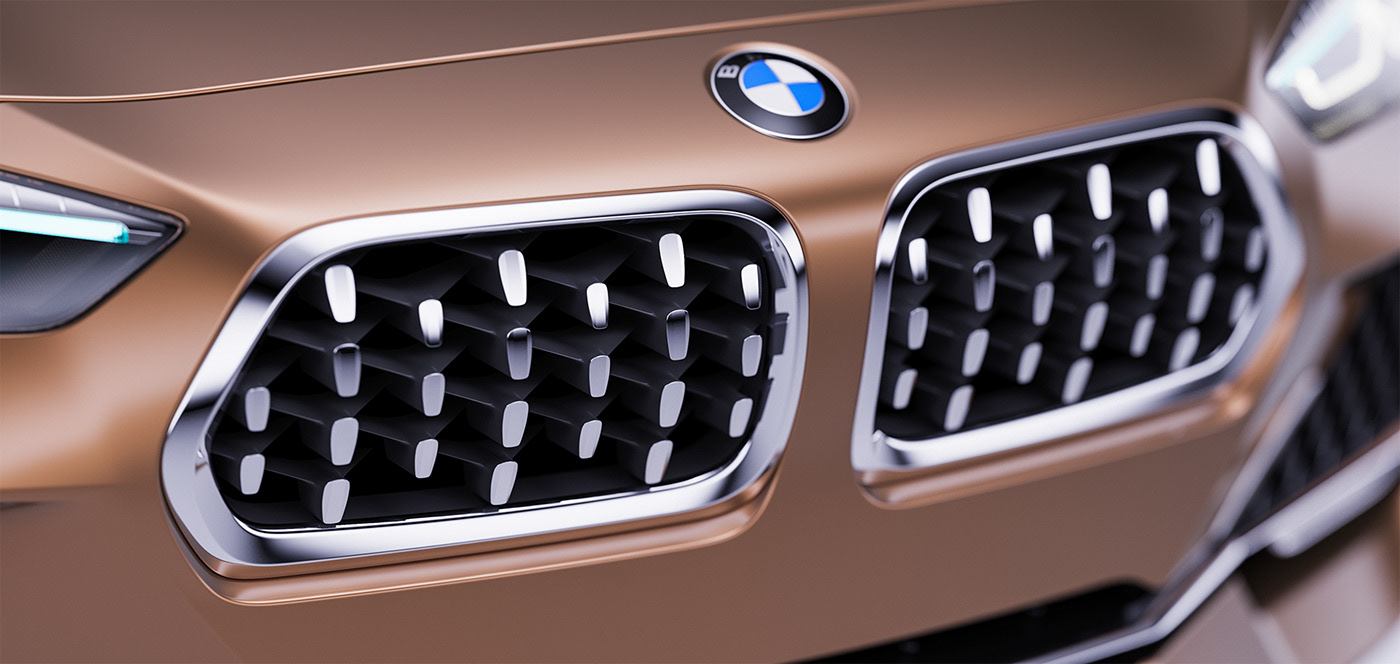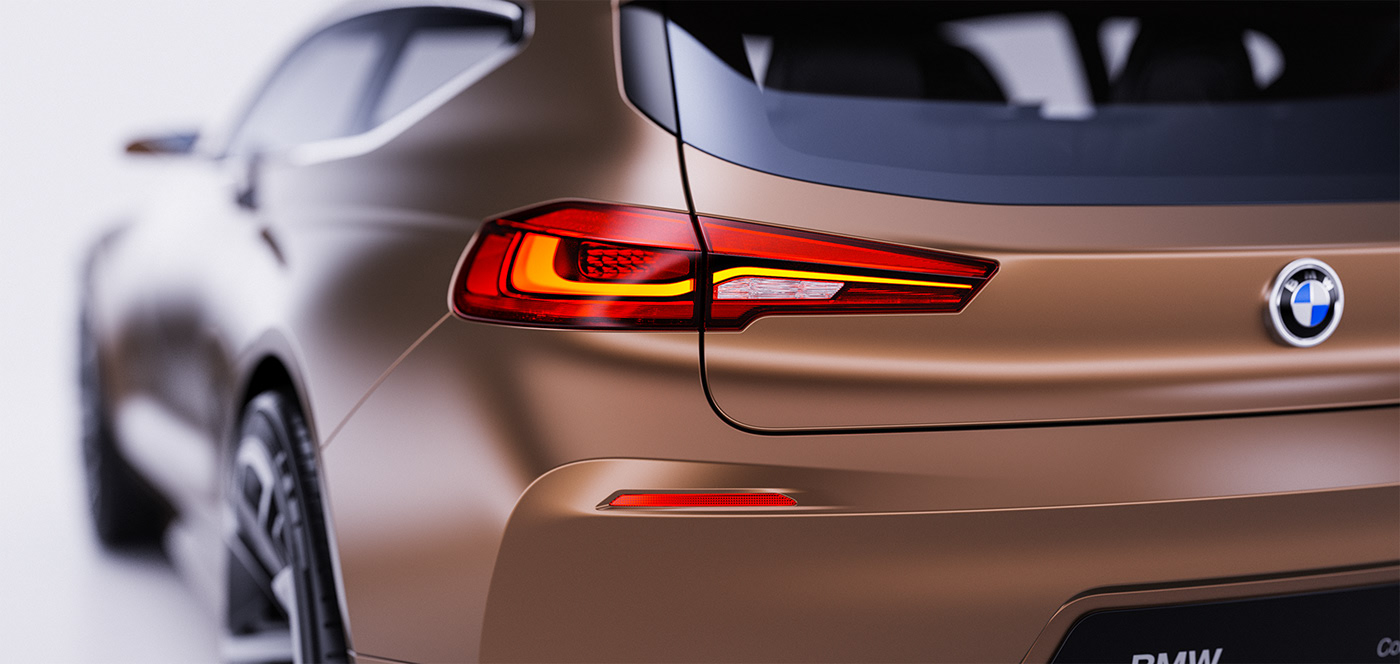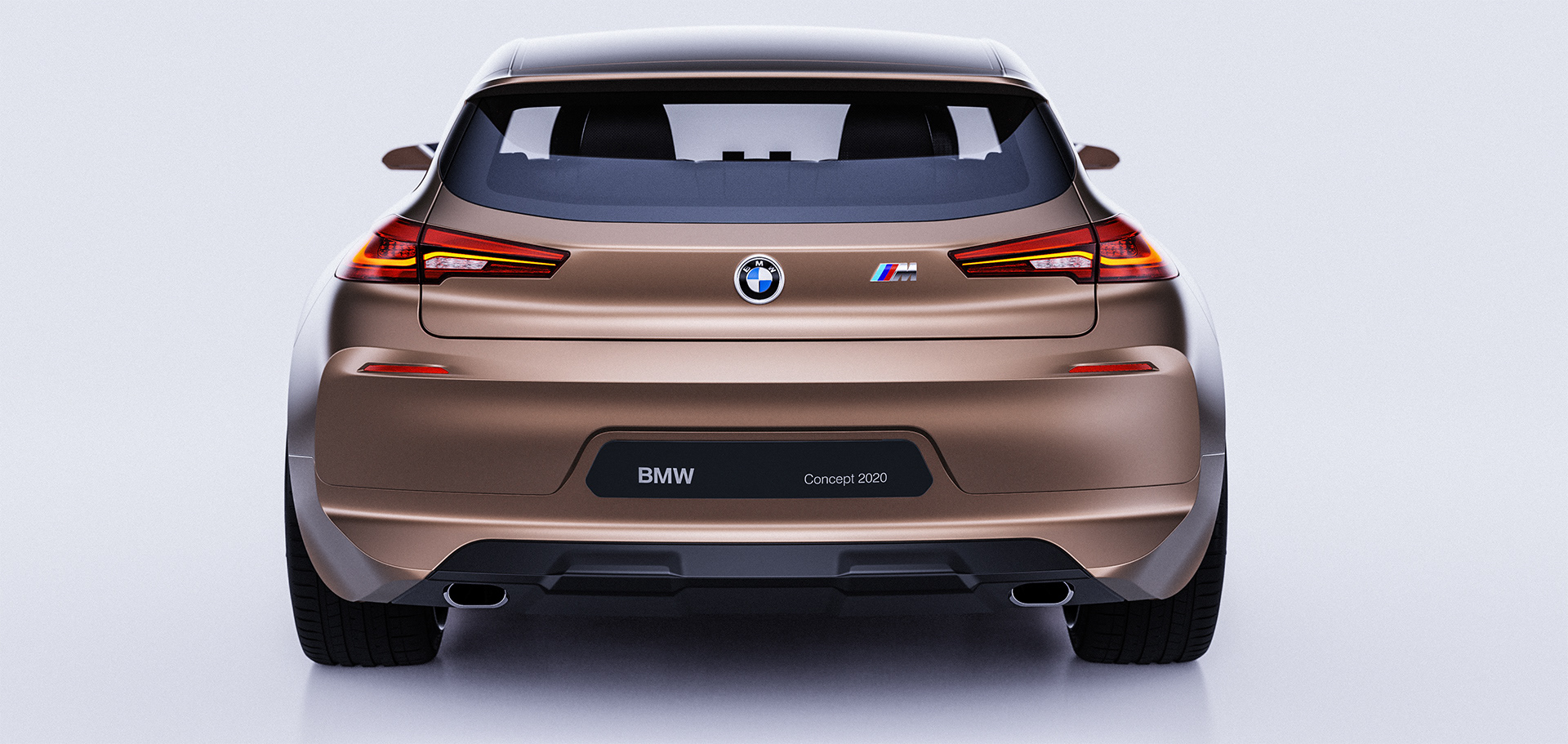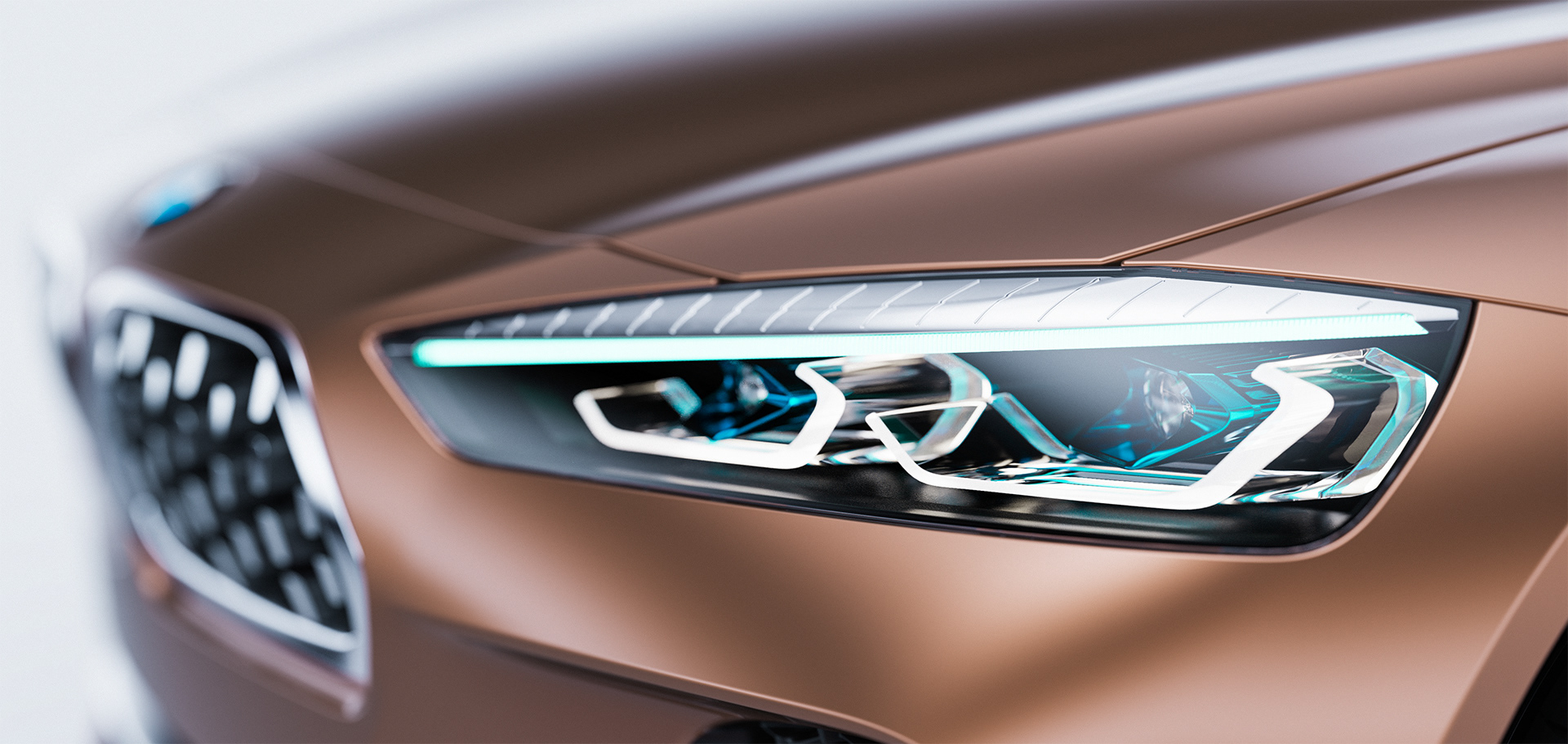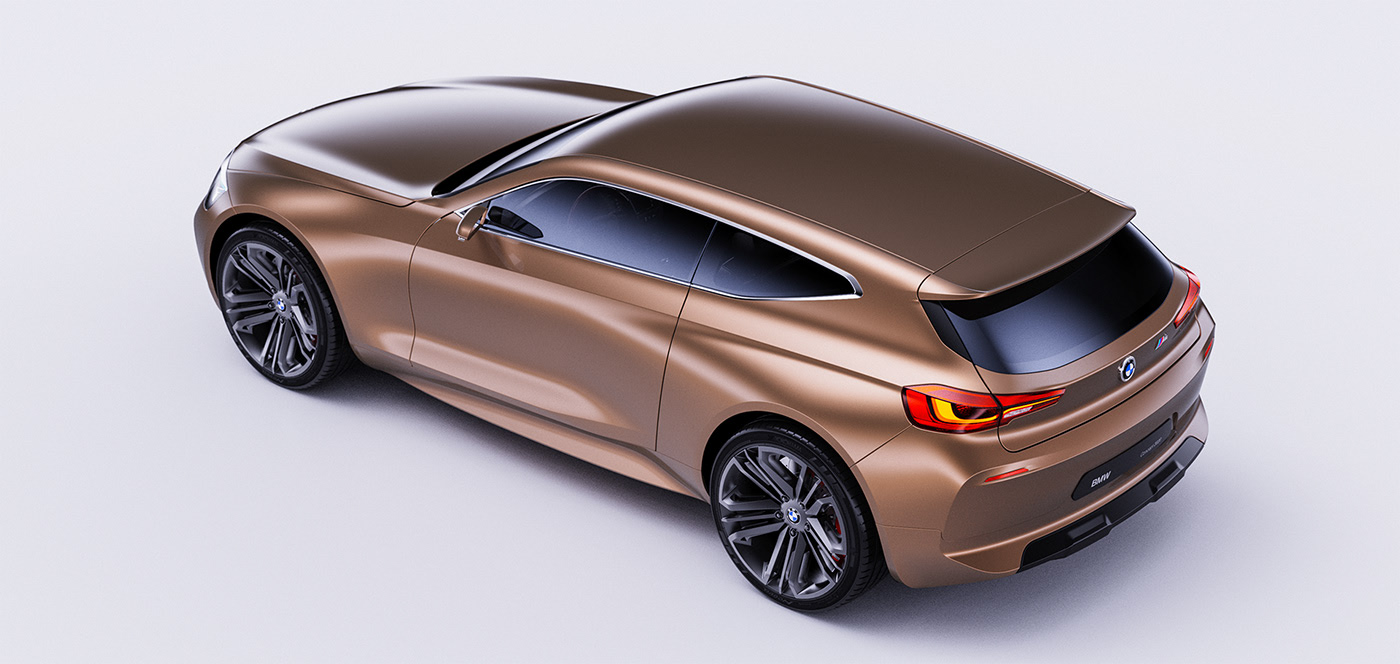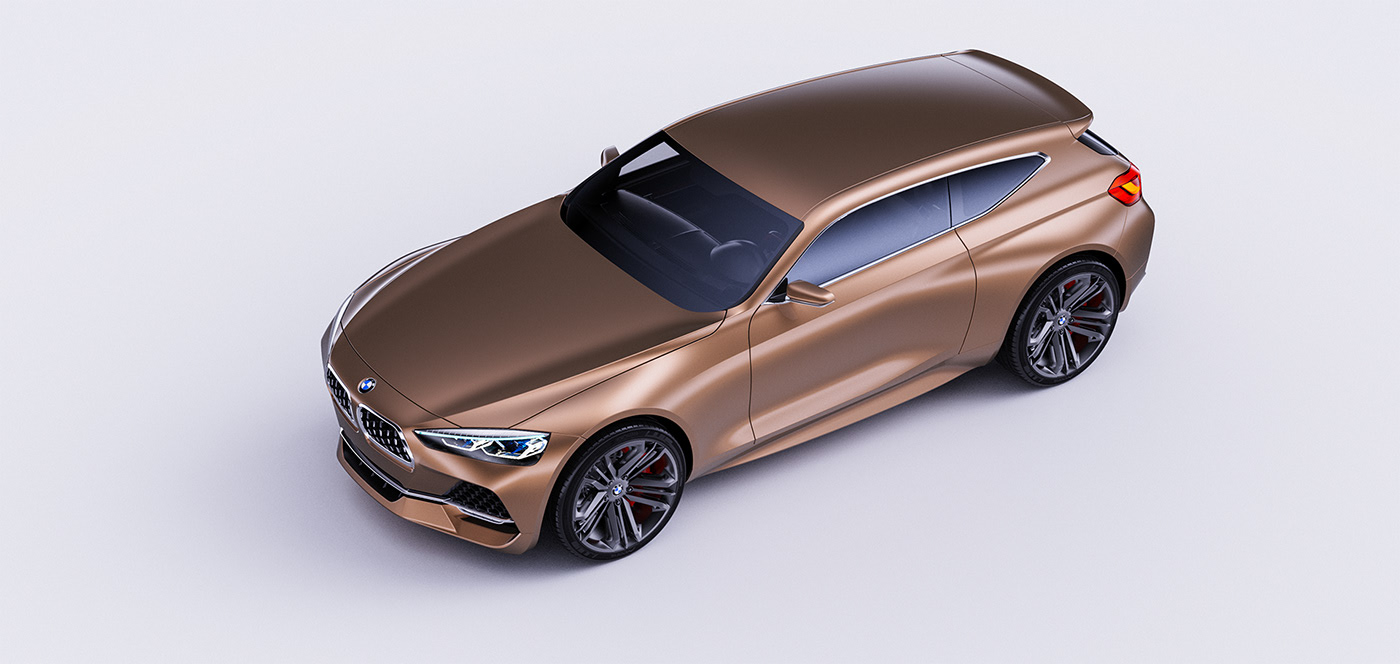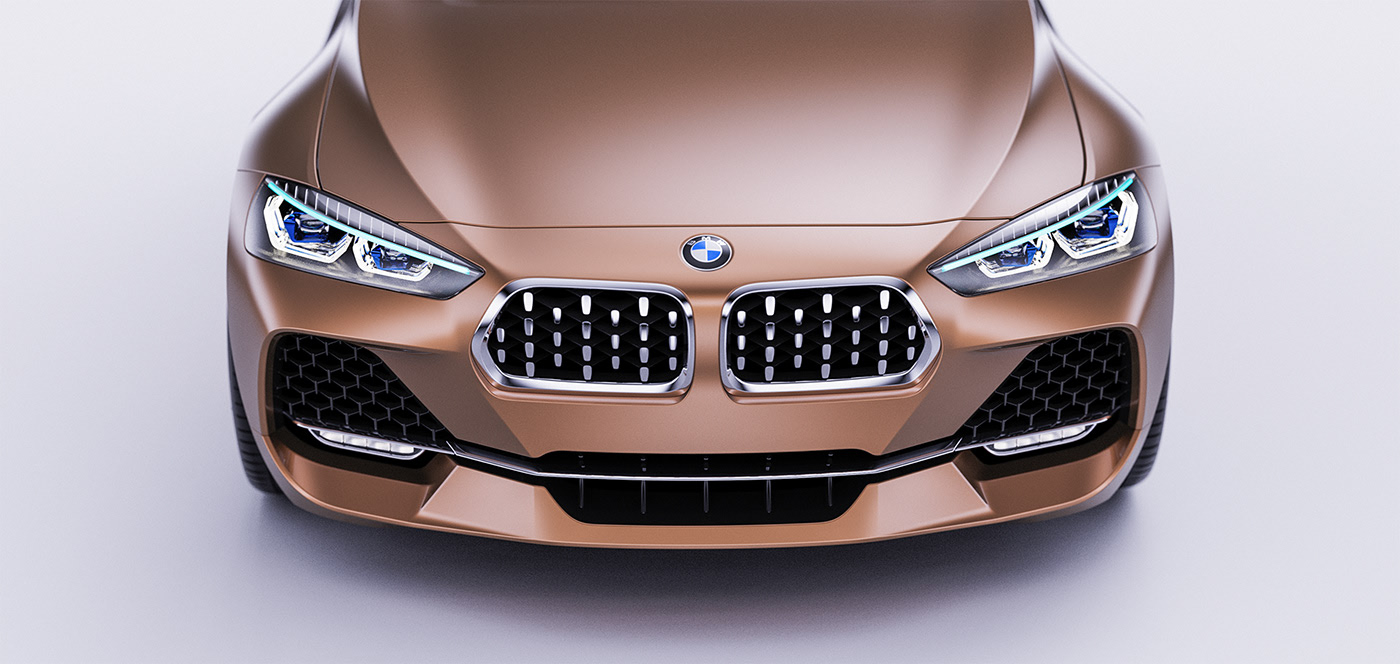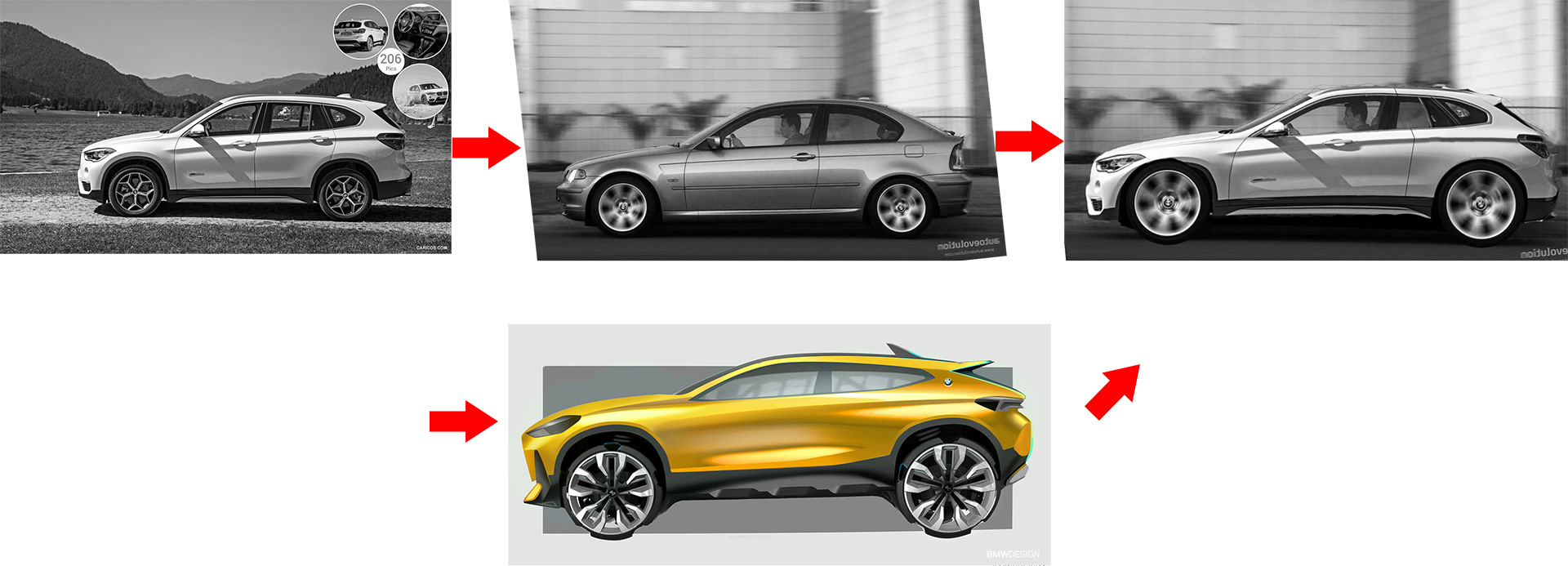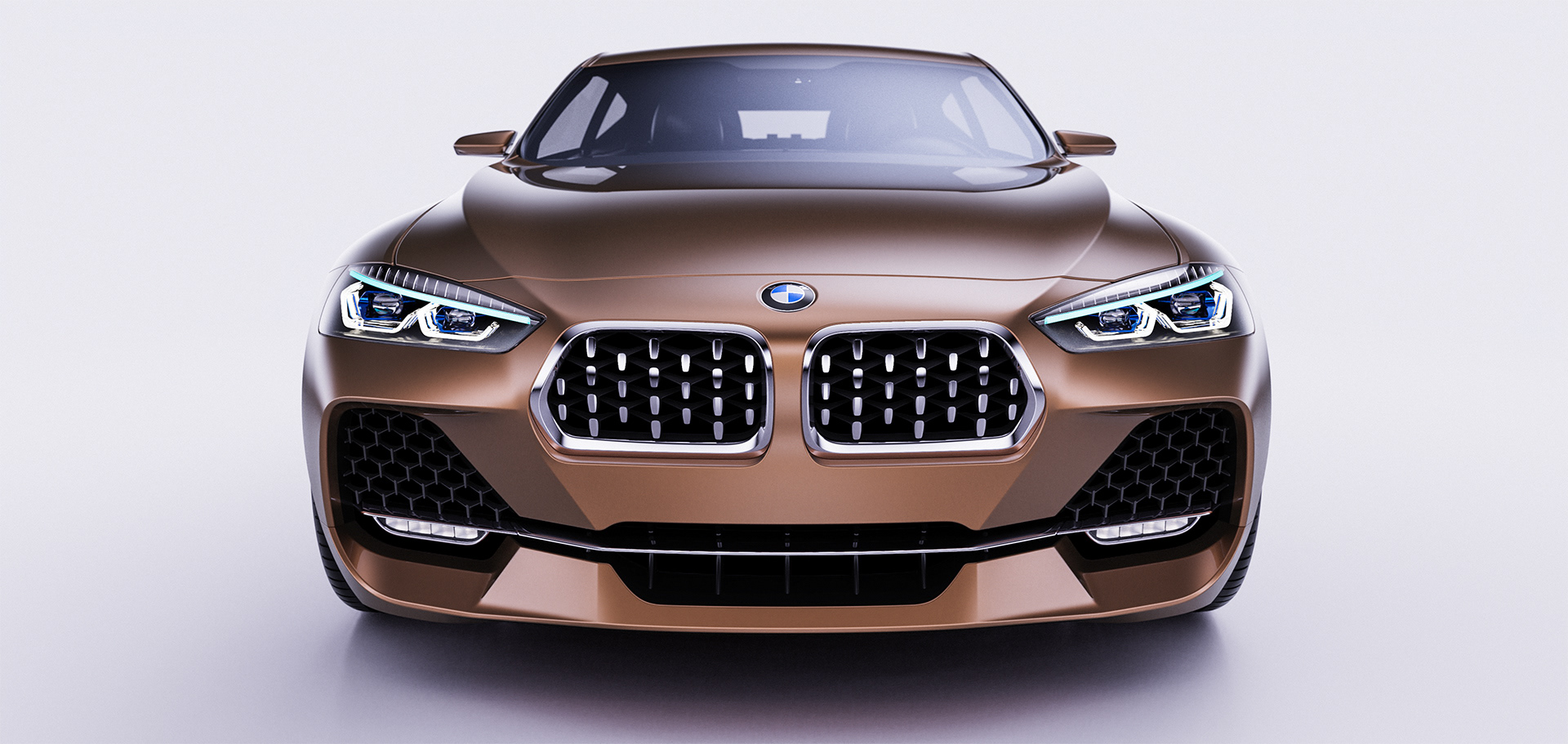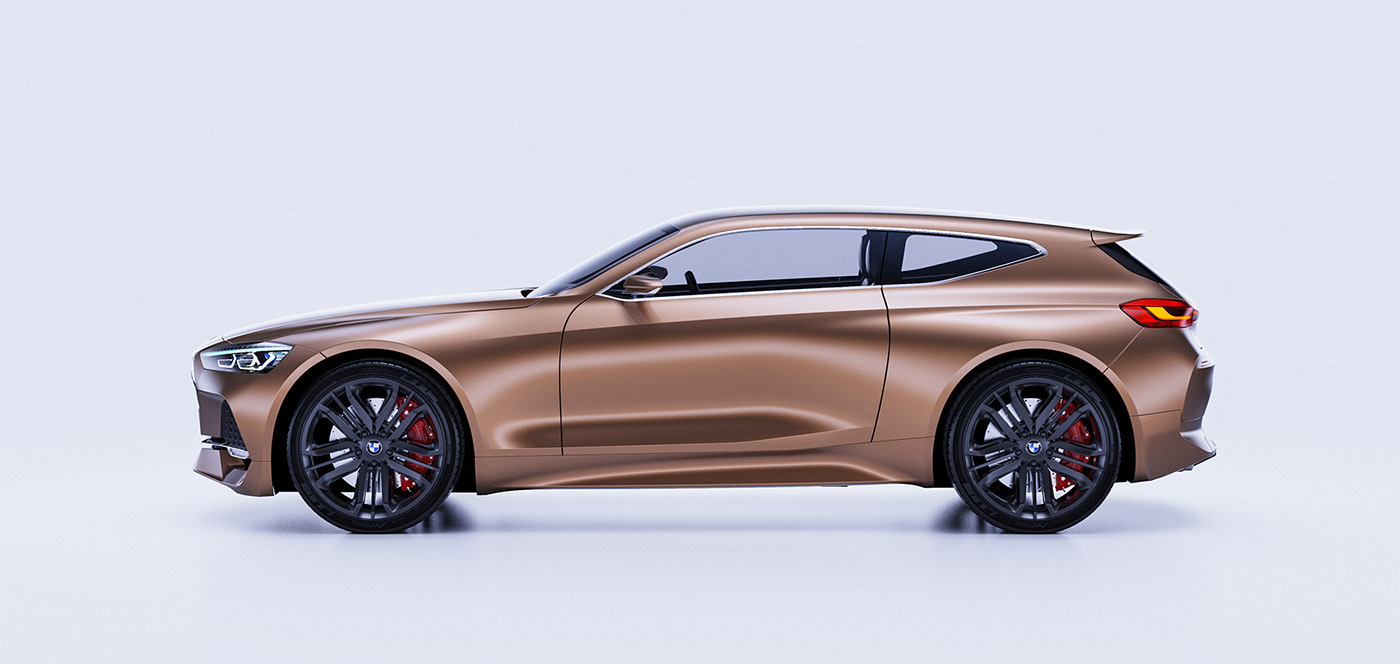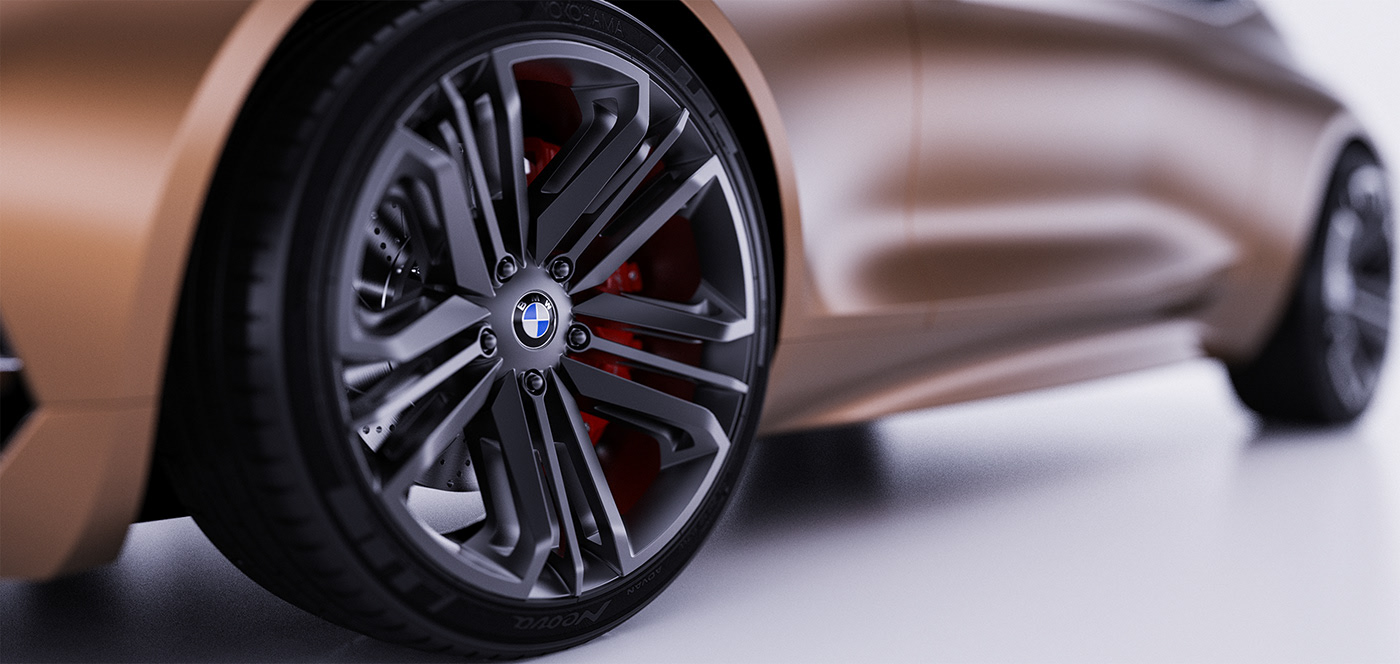How can a company like BMW be building cars like the good-looking 8-Series while at the same time producing the unattractive 7-Series and X7?
It’s a question that’s been asked many times before, not just by us, and makes you wonder how good a new BMW could look if the company abandoned its fascination with massive kidney grilles and instead decided to make its vehicles stand out with striking shapes and seductive body lines.
This compact BMW Shooting Brake concept that was professionally rendered and exceptionally imagined by Vladimir Panchenko and Vital Enes shows what form such a vehicle could take. Spoiler alert; we’re in love with it.
See Also: Reader Illustrates What BMW Concept i4 Would Look With A Normal Size Kidney Grille
In designing the compact model that brings to mind the body shape of the last VW Scirocco, Panchenko and Enes blended inspiration from the X1, E46 3-Series, and a BMW X2 concept imagined by fellow artist Sebastian Simm. The resulting vehicle looks absolutely gorgeous from every angle.
Starting at the front, it’s impossible not to notice the striking kidney grilles which despite being on the larger side, are minuscule compared to those of the Concept 4 and Concept i4. Also located across the front fascia are striking headlights with incorporated LED daytime running lights as well as a set of large air intakes.
If we had to pick a favorite angle of the concept, it would have to be the side. The long hood makes way for a steeply-raked windshield and a roofline that gradually slopes down to a small spoiler and a shark rear window. Elsewhere, there are slim side windows and sexy creases running along the doors. We’re not so fond of the black wheels or over-sized brake calipers, however. Completing the concept are sharp taillights and wide hips.
While the concept was not designed with a specific platform in mind, we could see it being based either on BMW’s 1-Series and 2-Series Gran Coupe front-wheel drive architecture or the 2-Series Coupe / shortened 3-Series rear-wheel drive architecture. The FWD platform option would offer a lower cost and more efficient use of interior space at the expense of driving dynamics and proportions, while the opposite would be true for a RWD-based chassis, in which case, the car would retain the study’s looks.
Note: All images copyrighted by Vladimir Panchenko and Vitali Enes, used with permission



